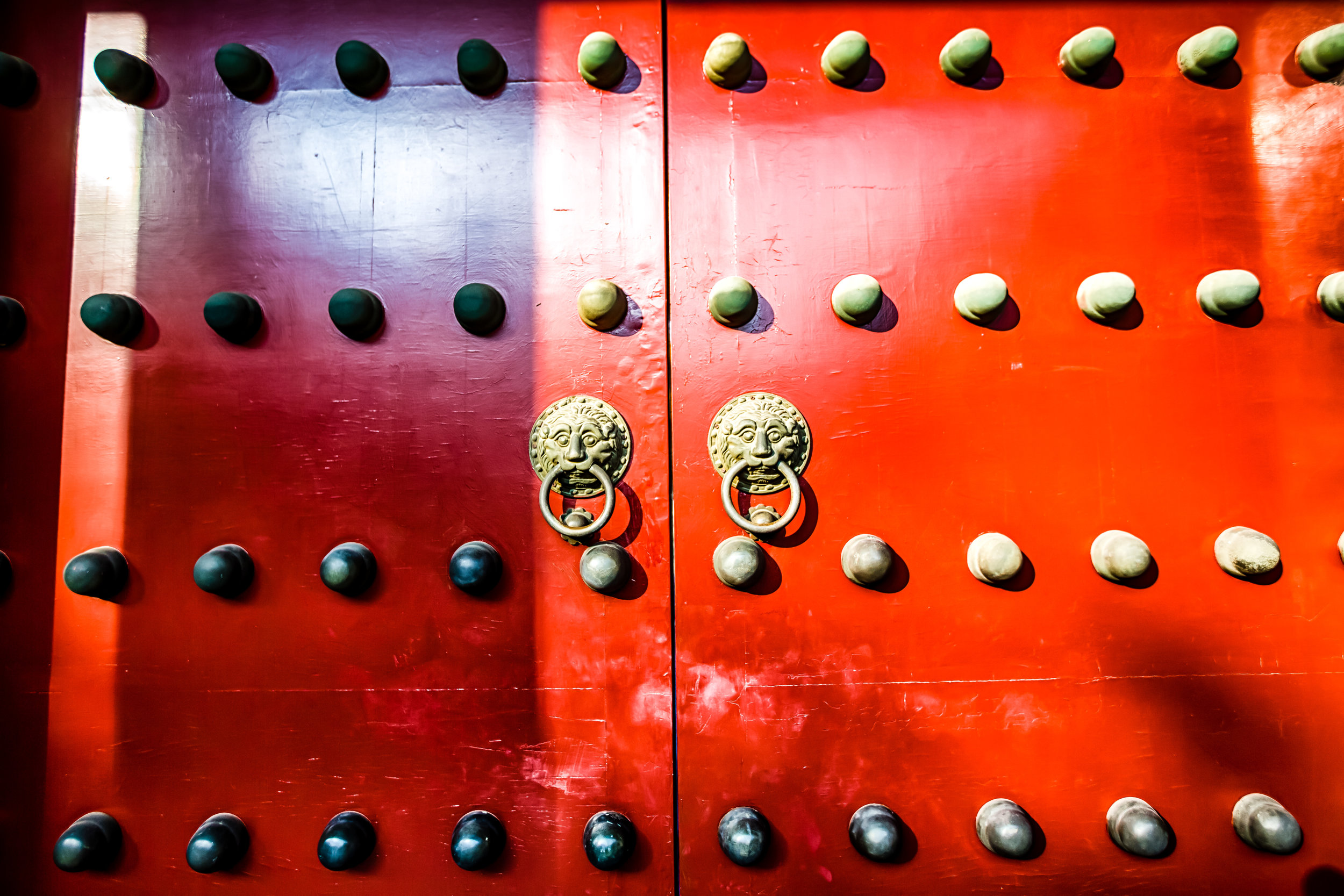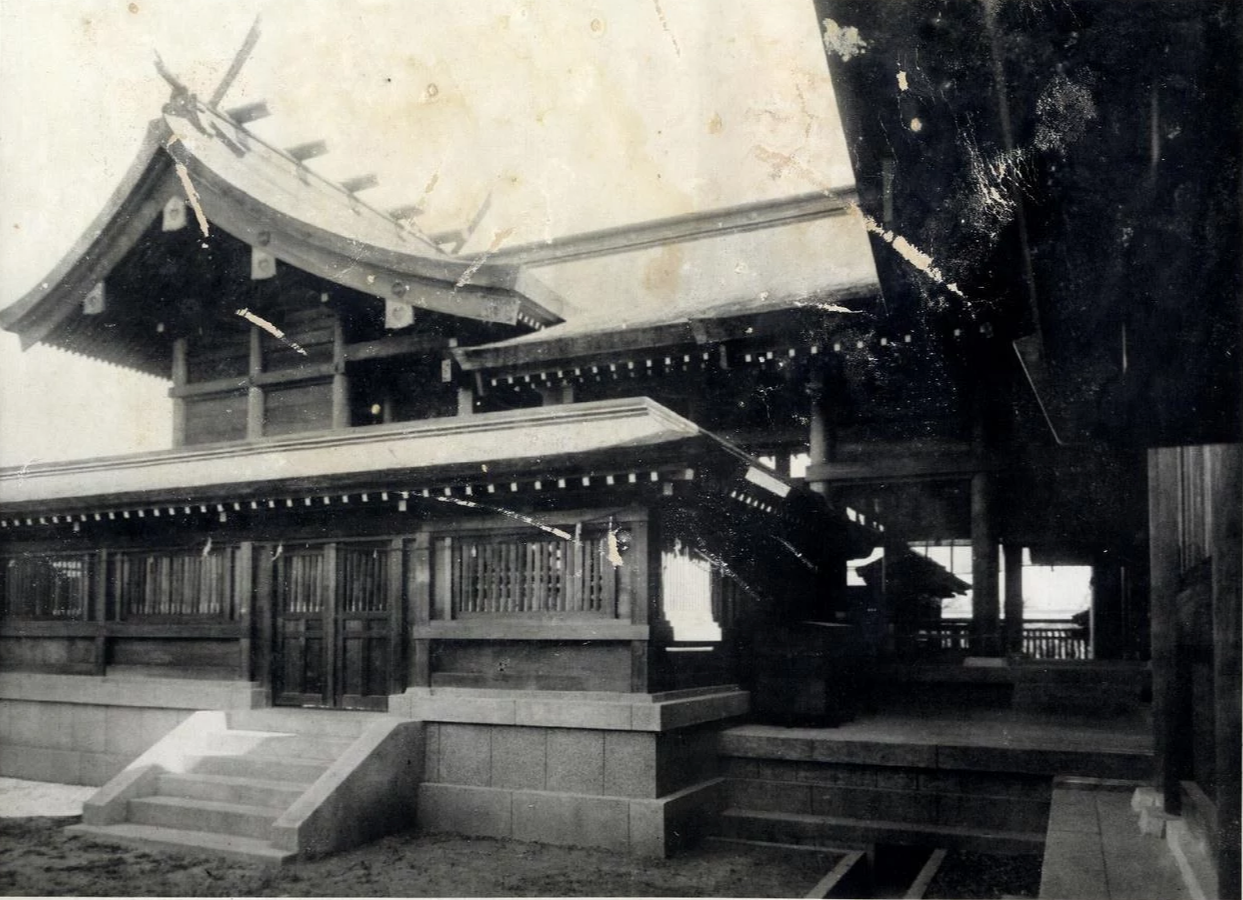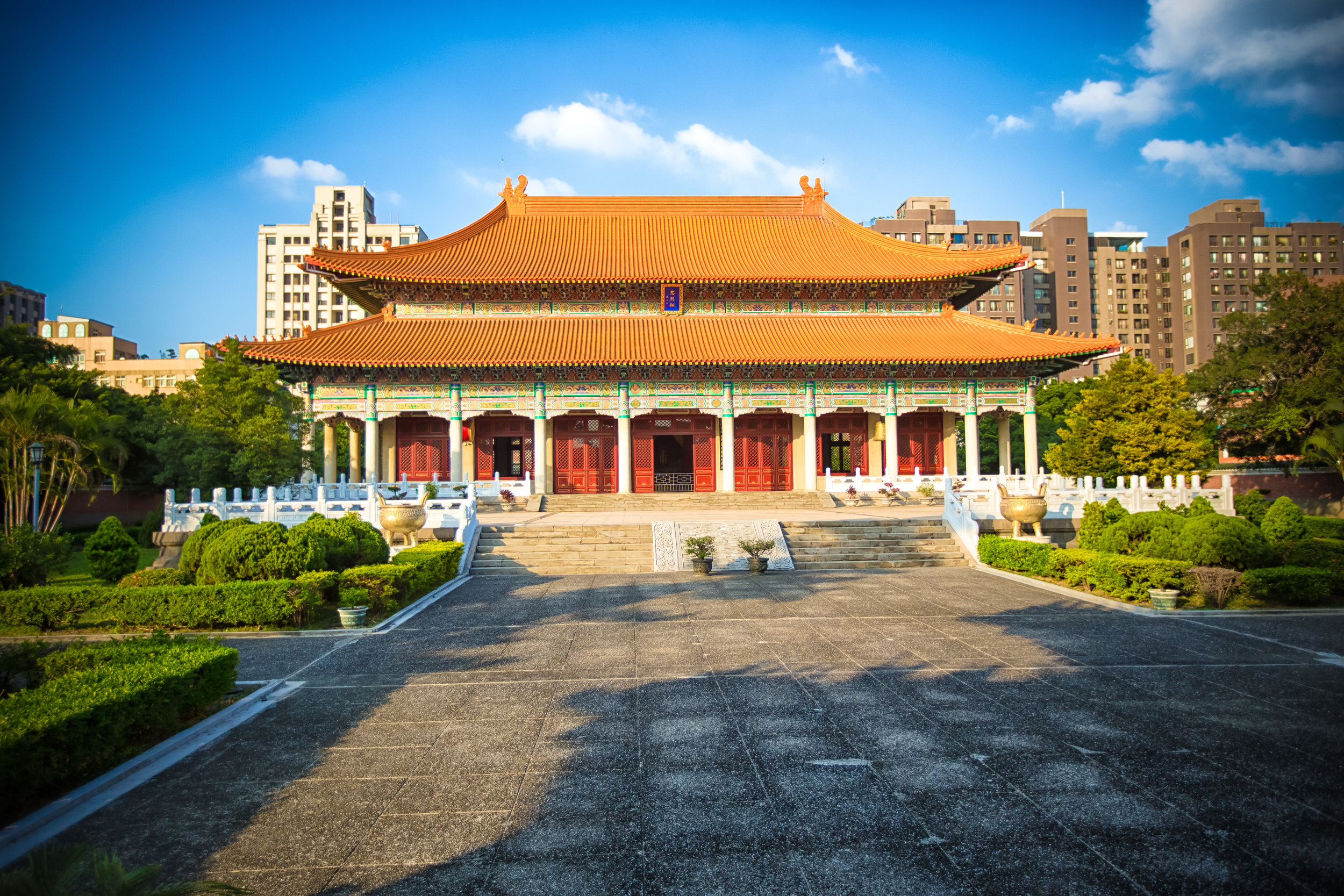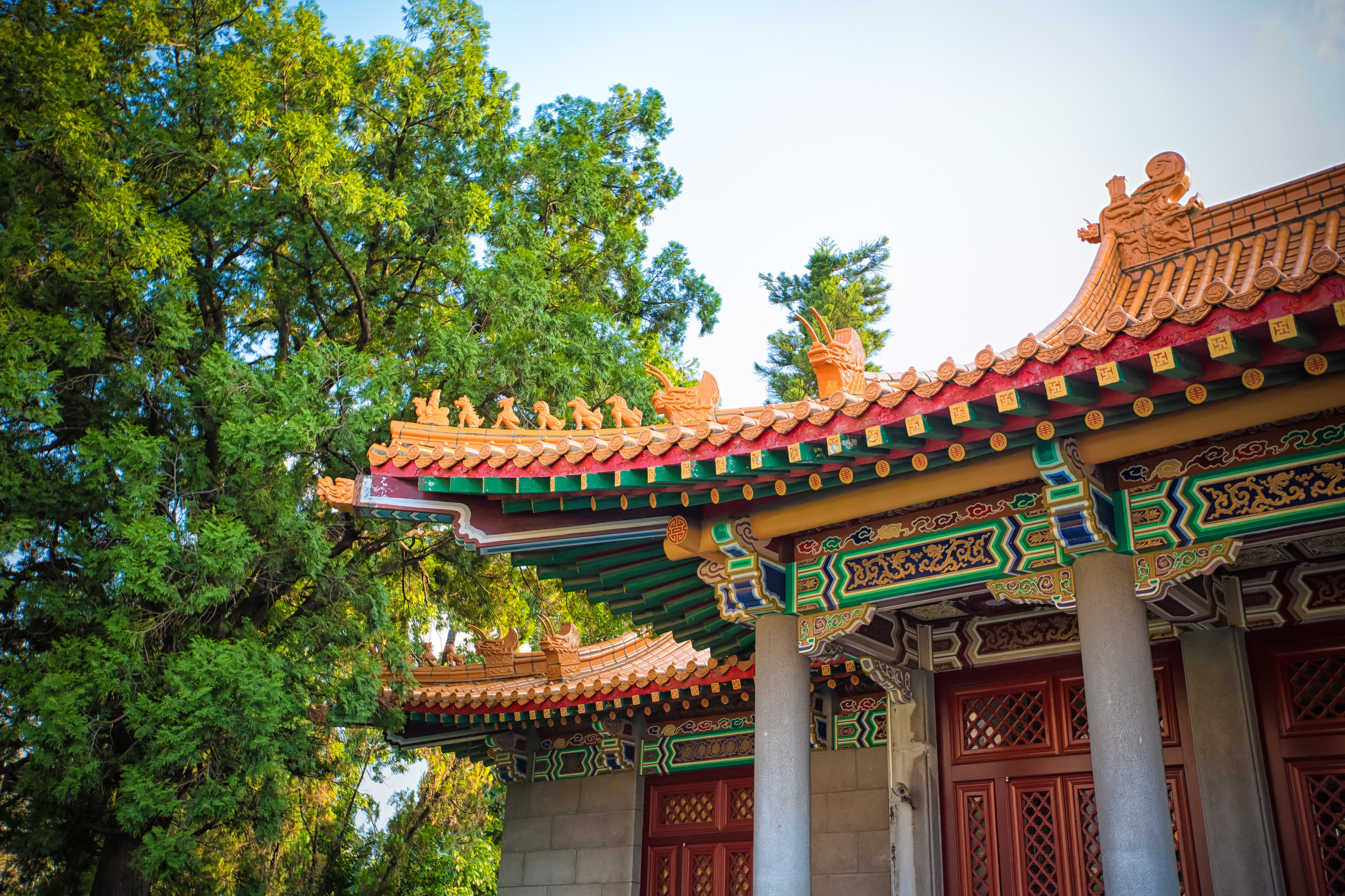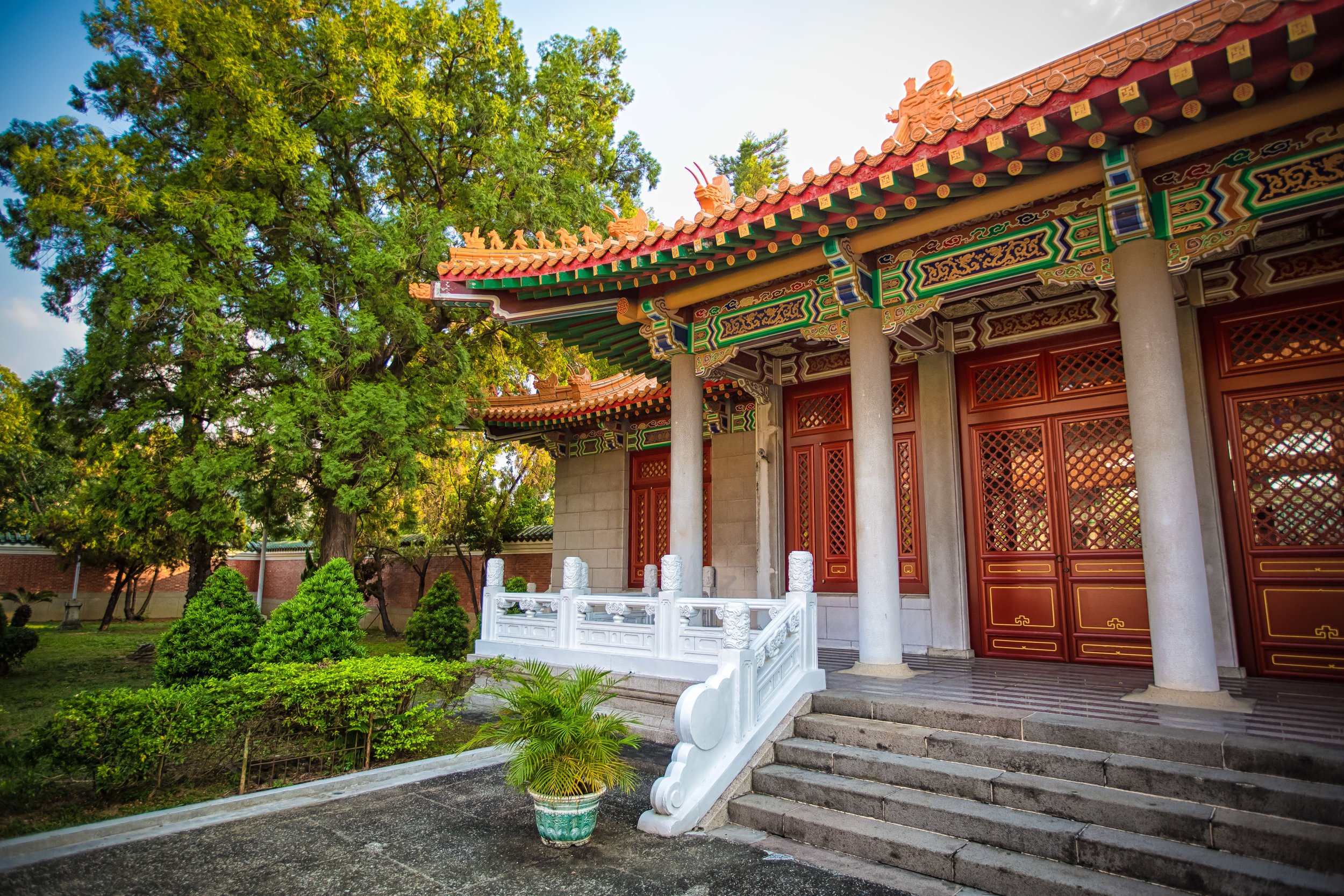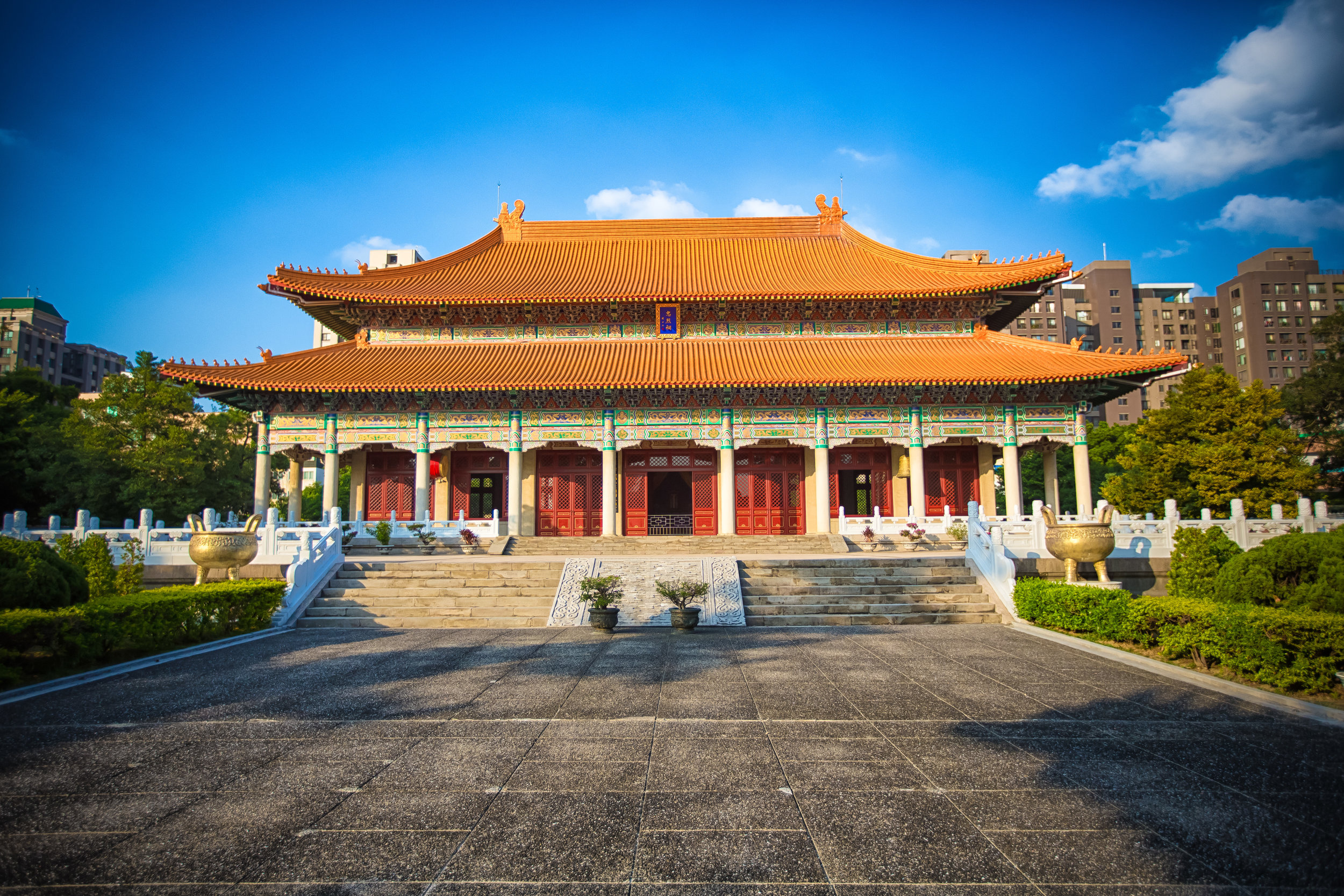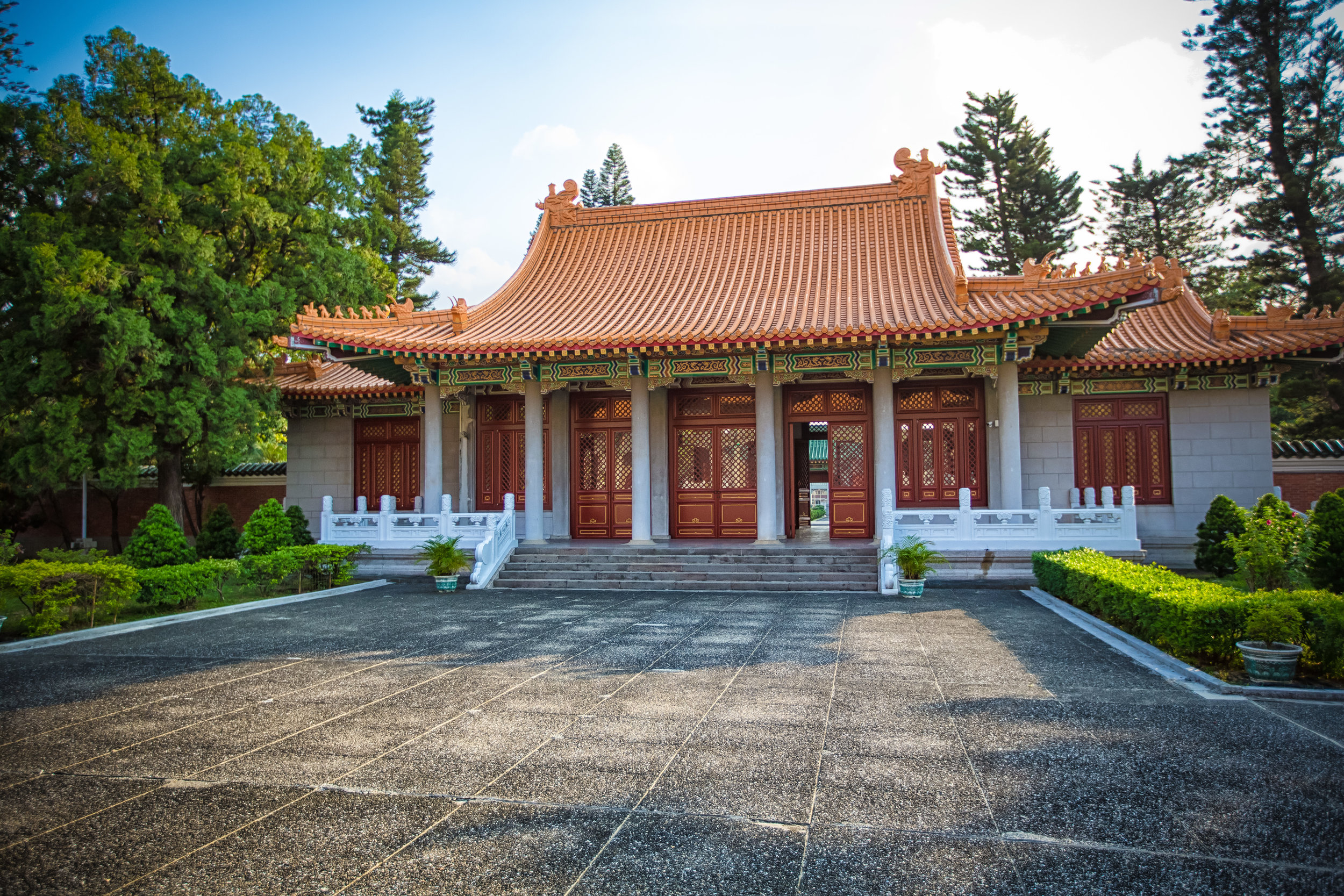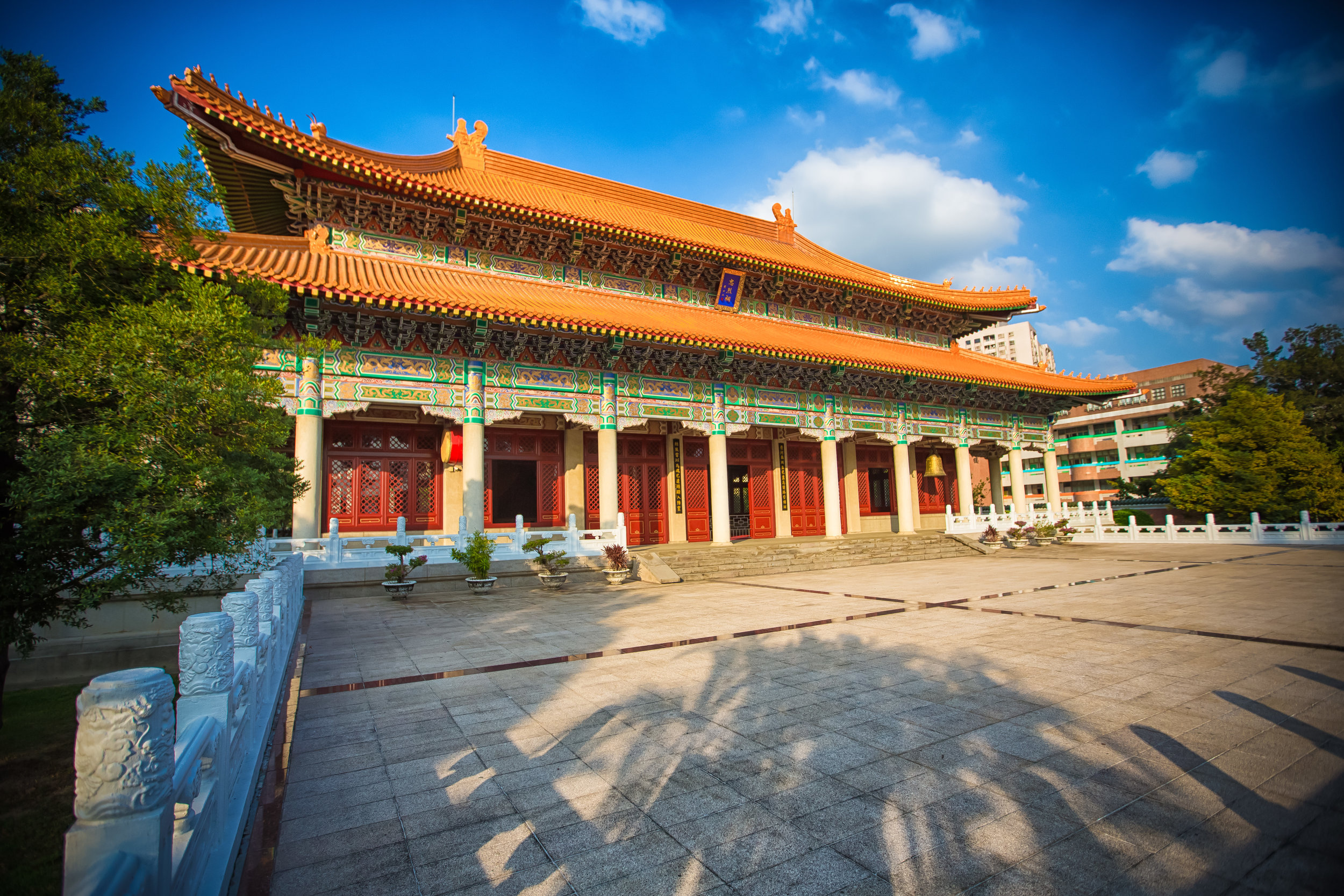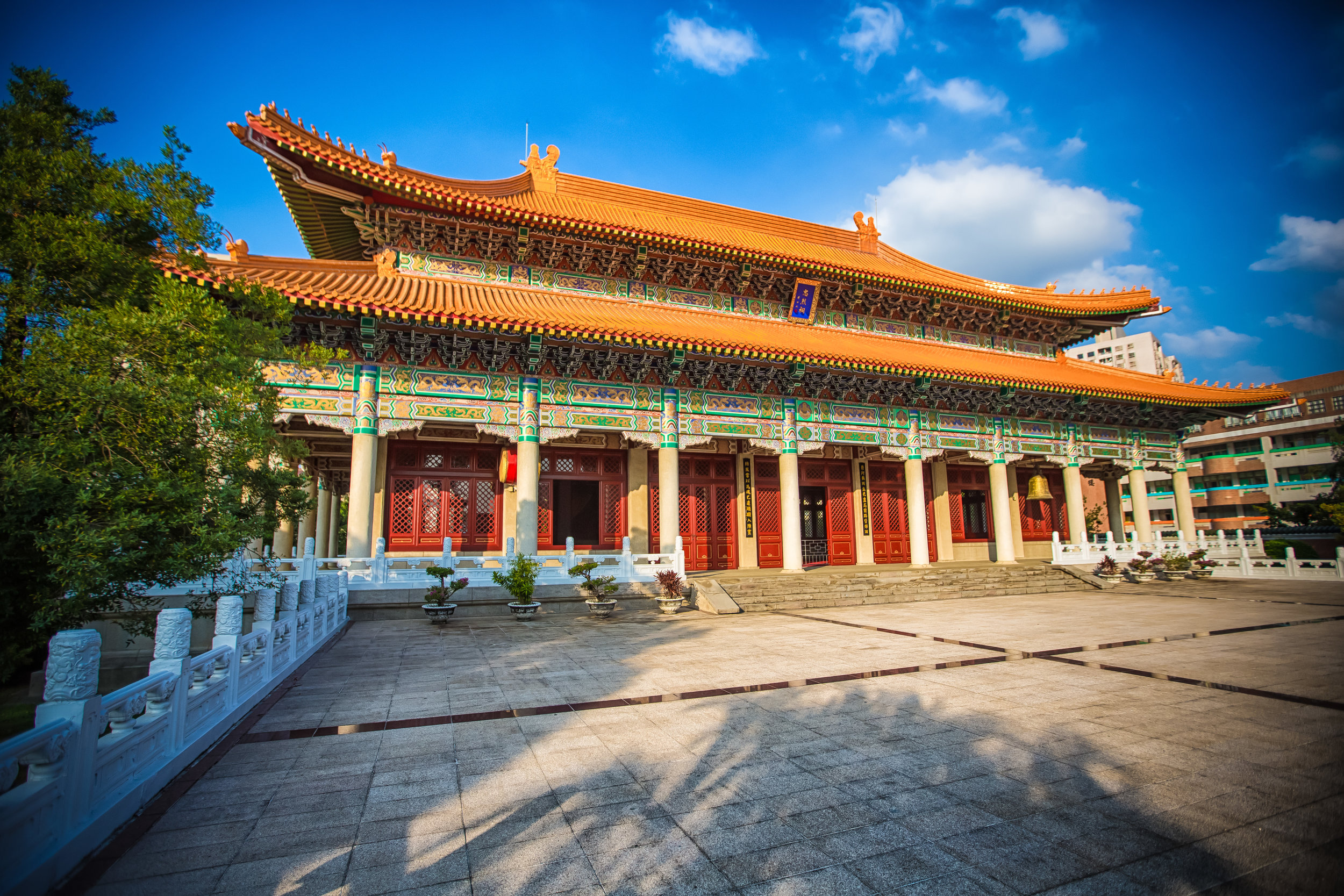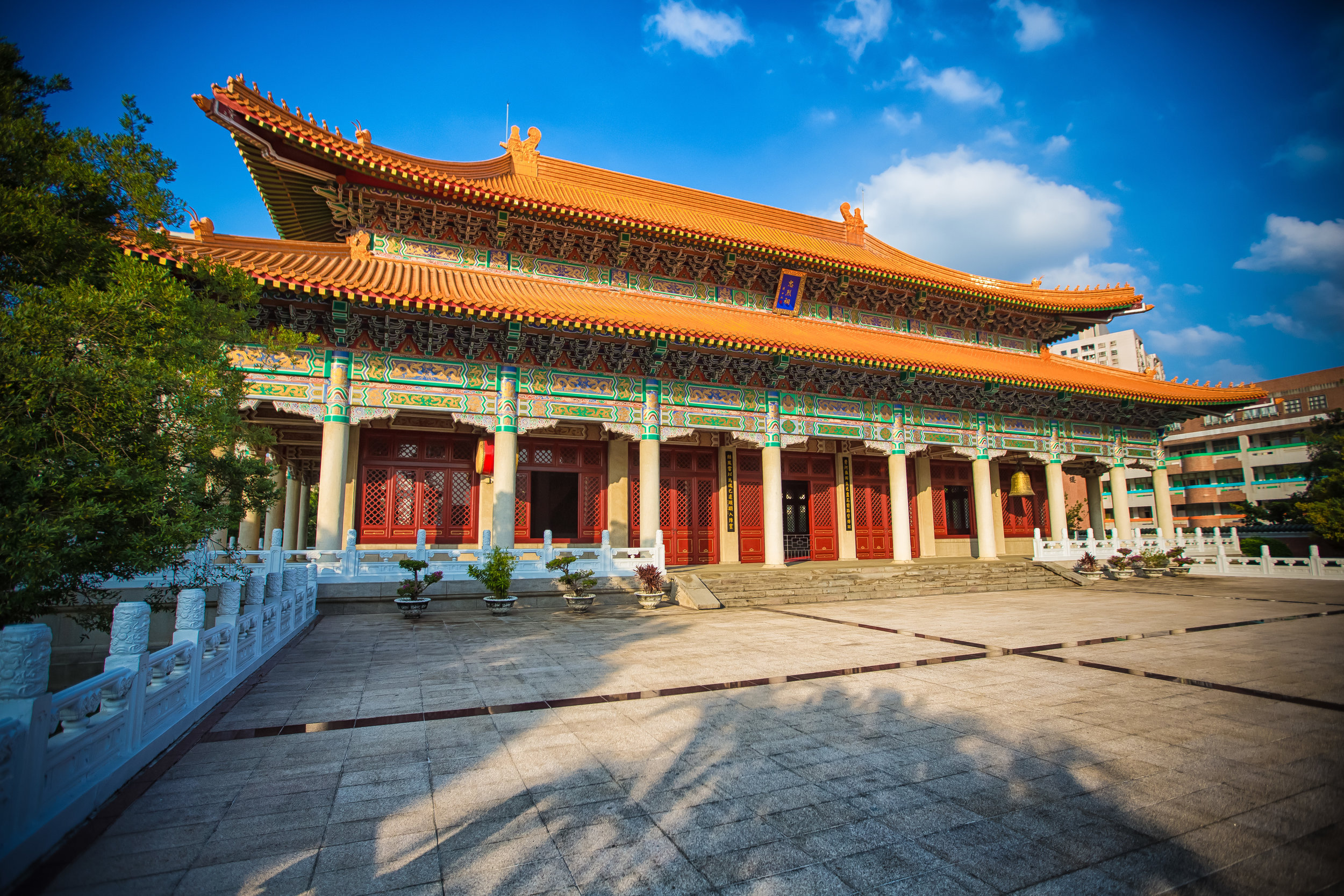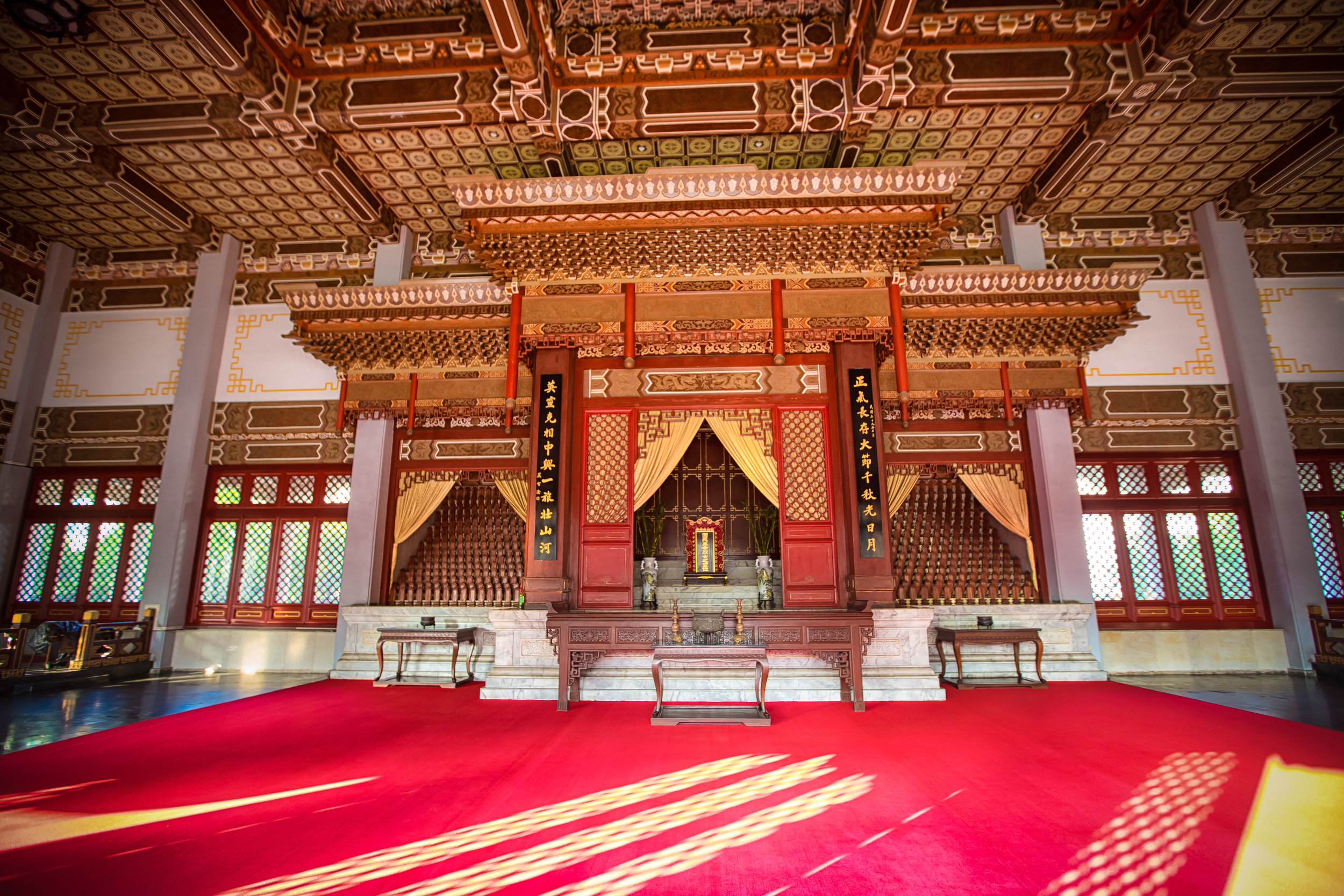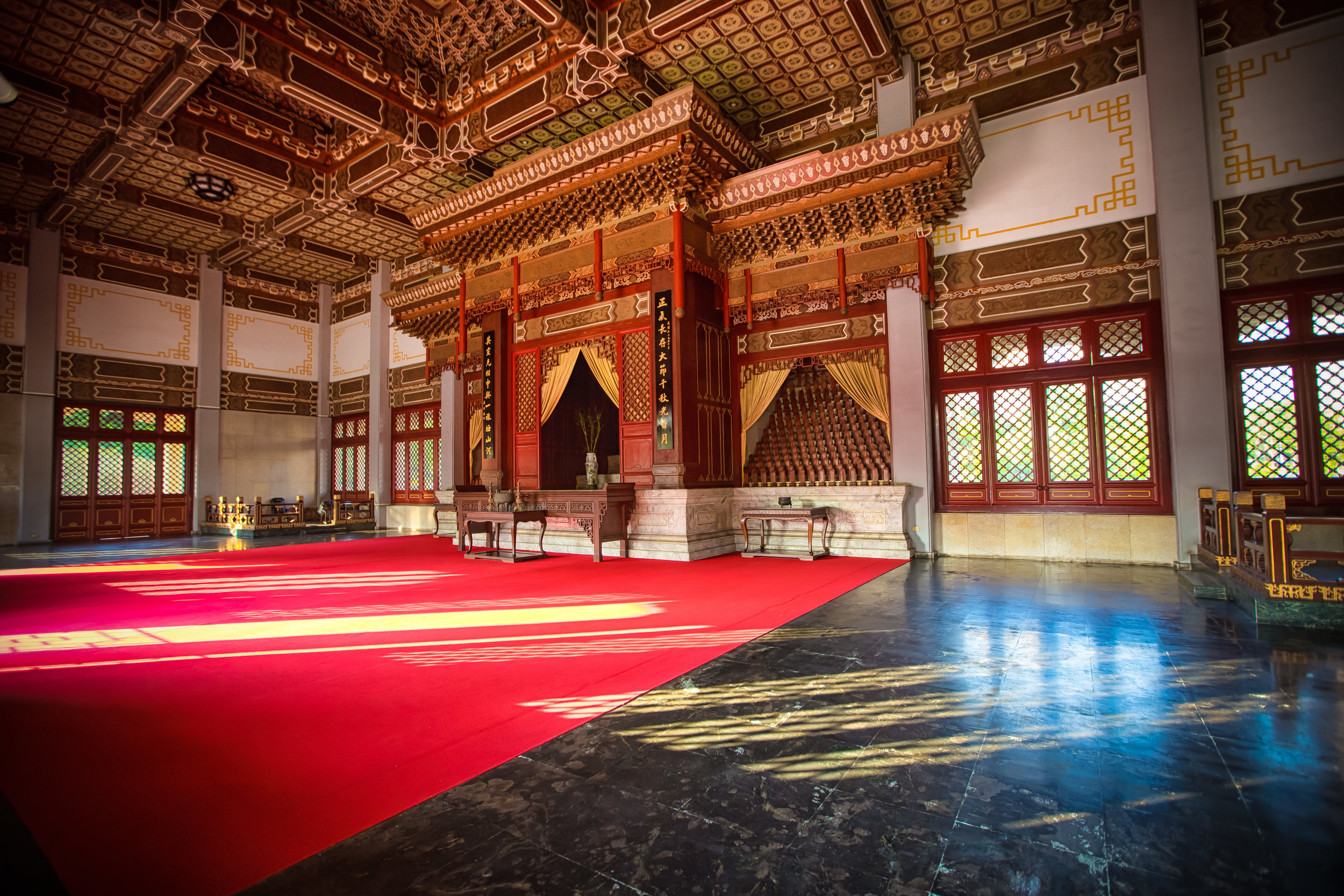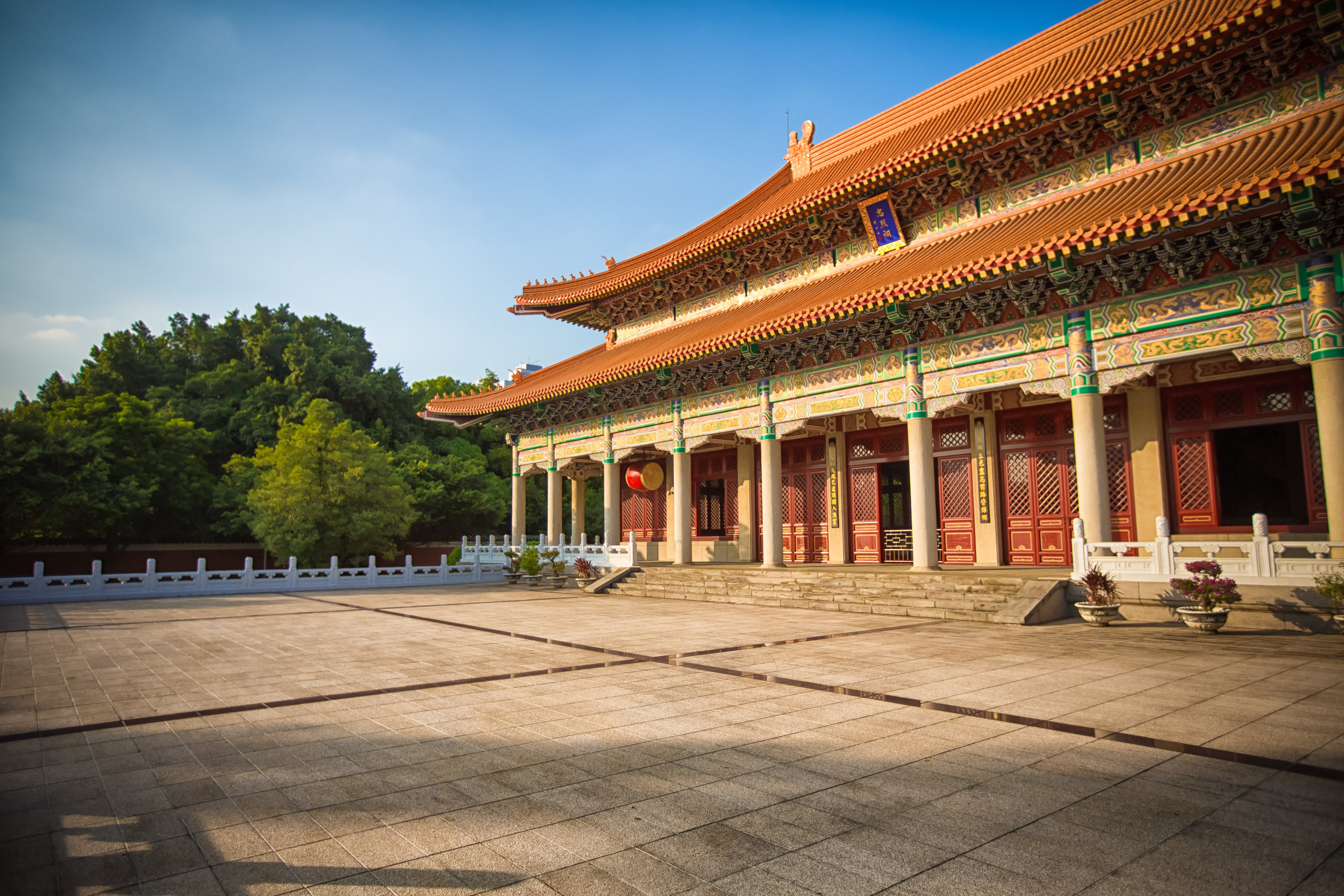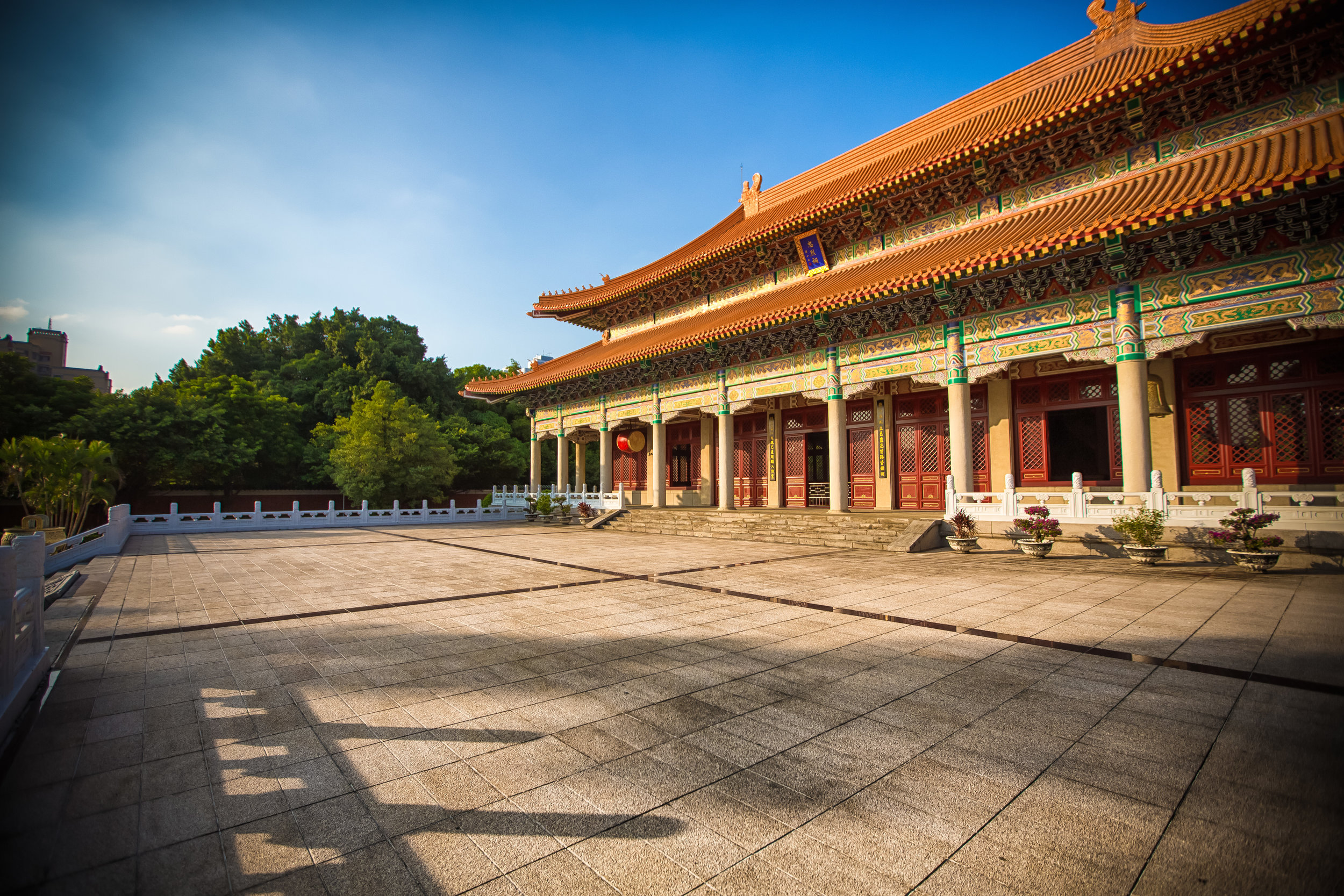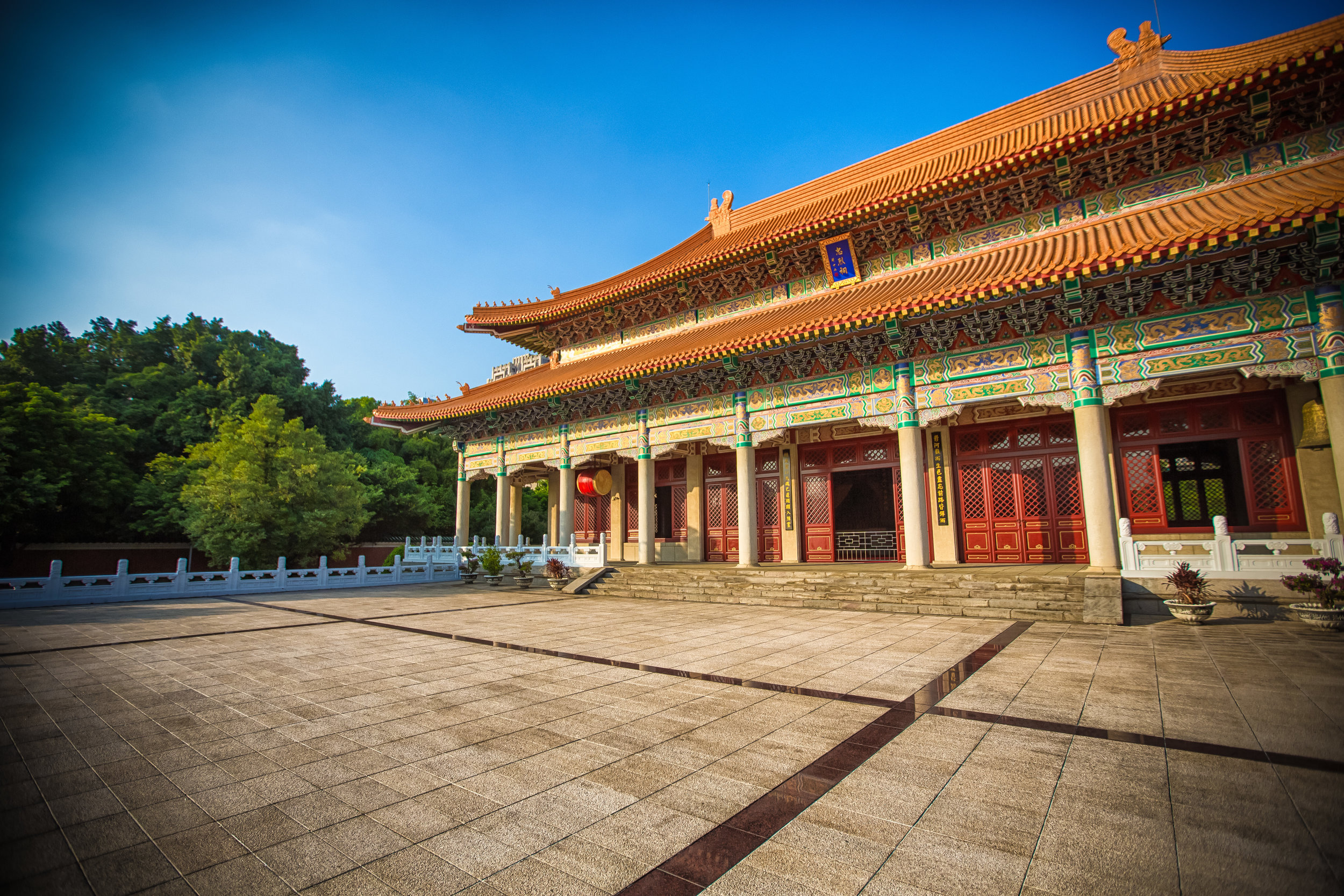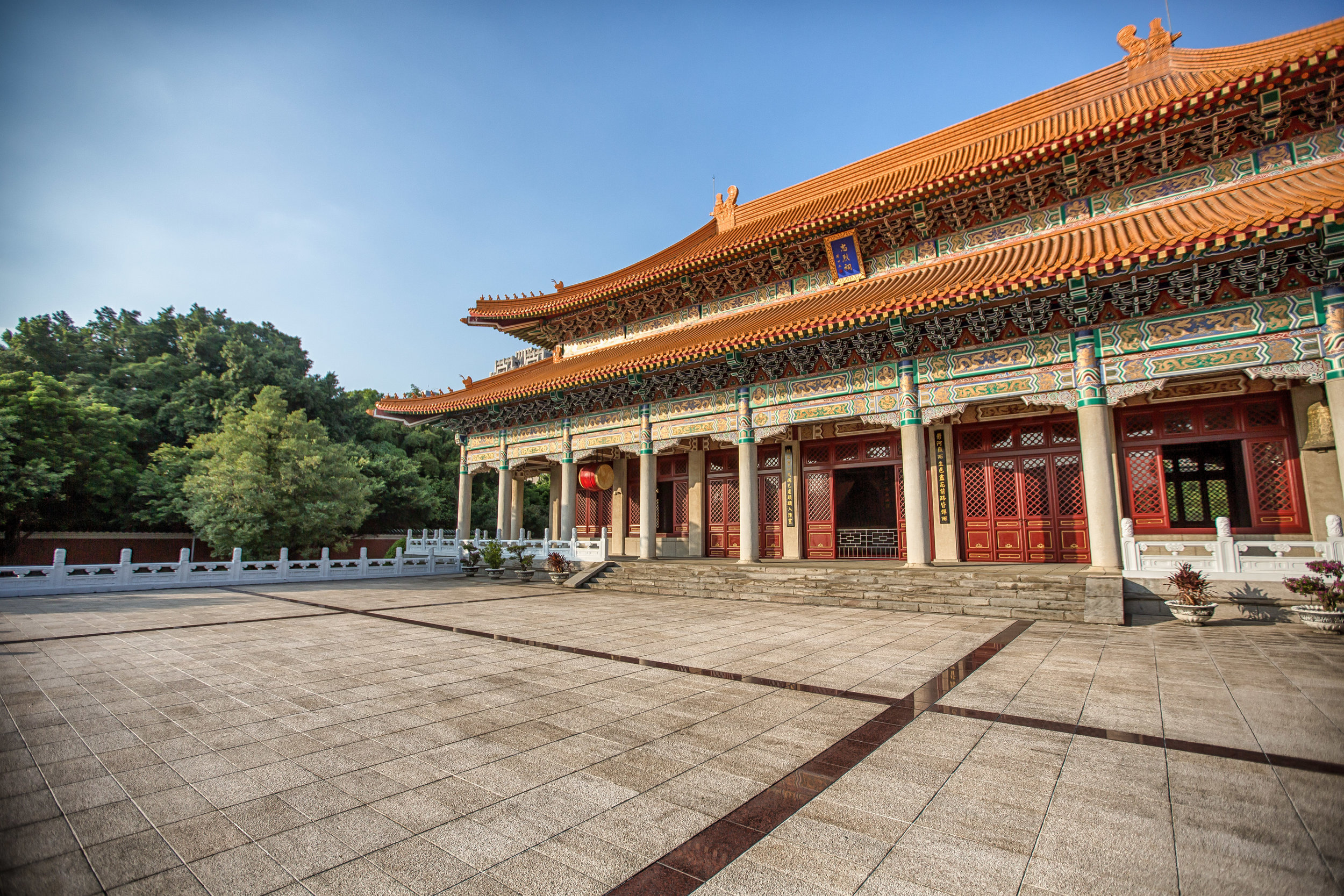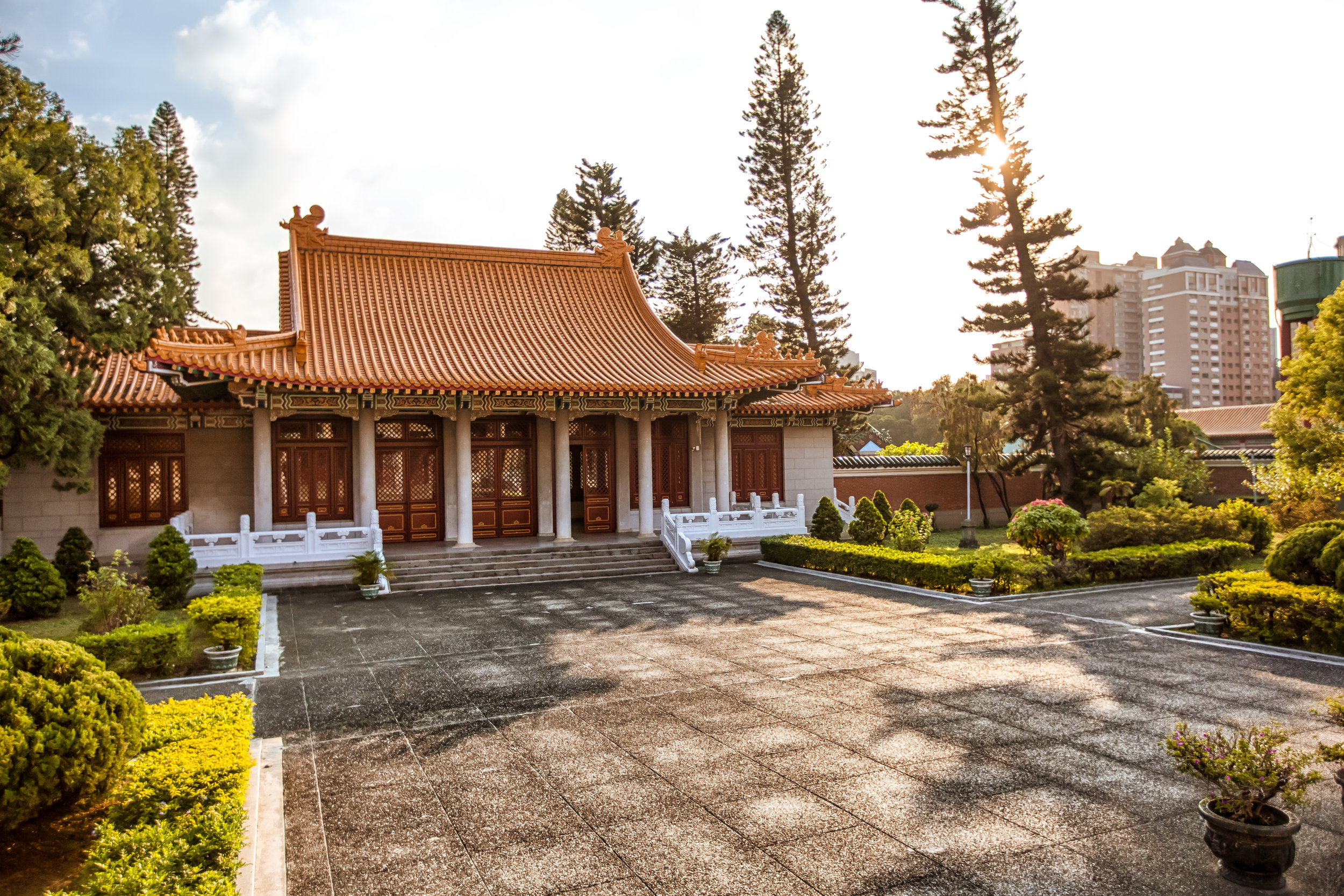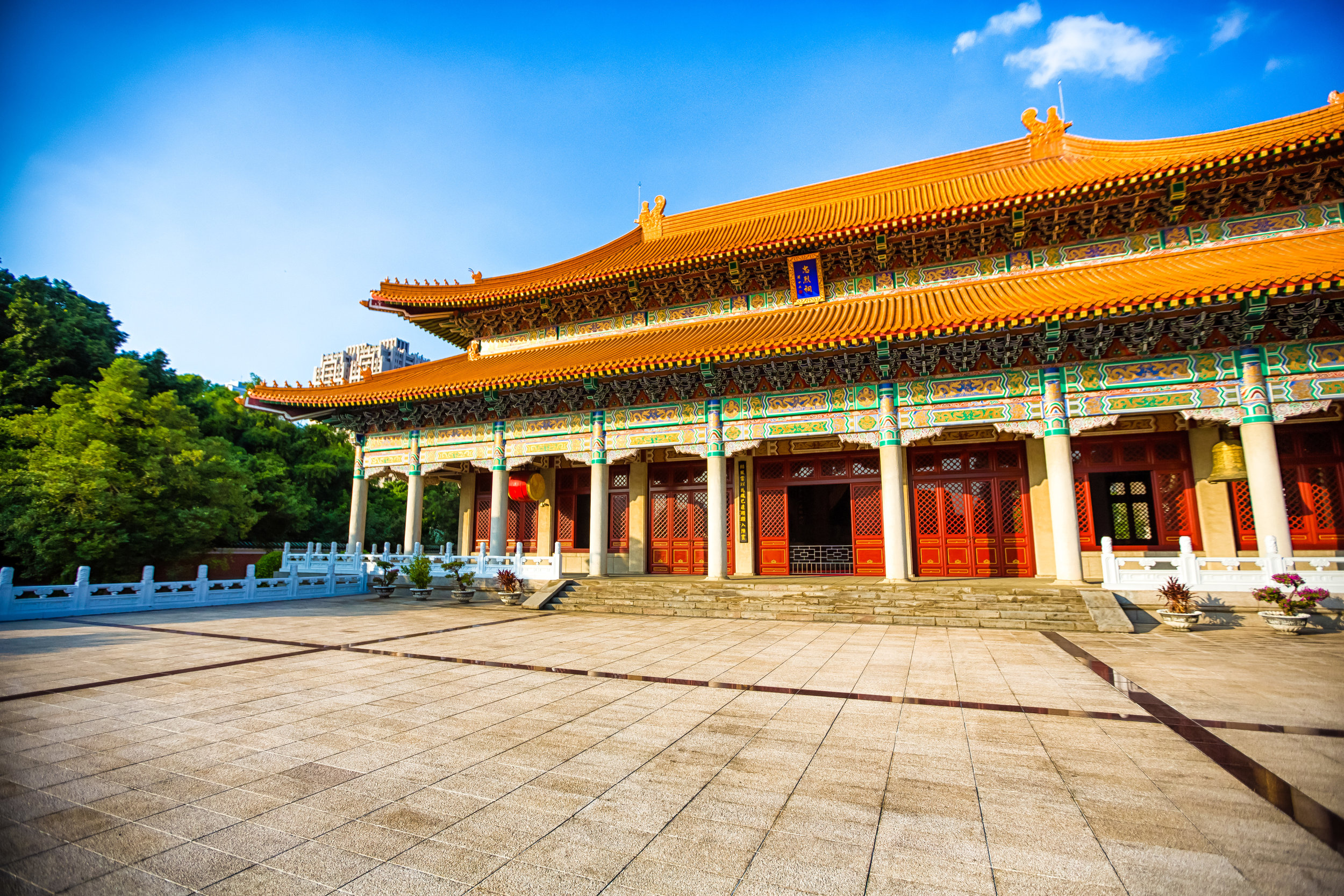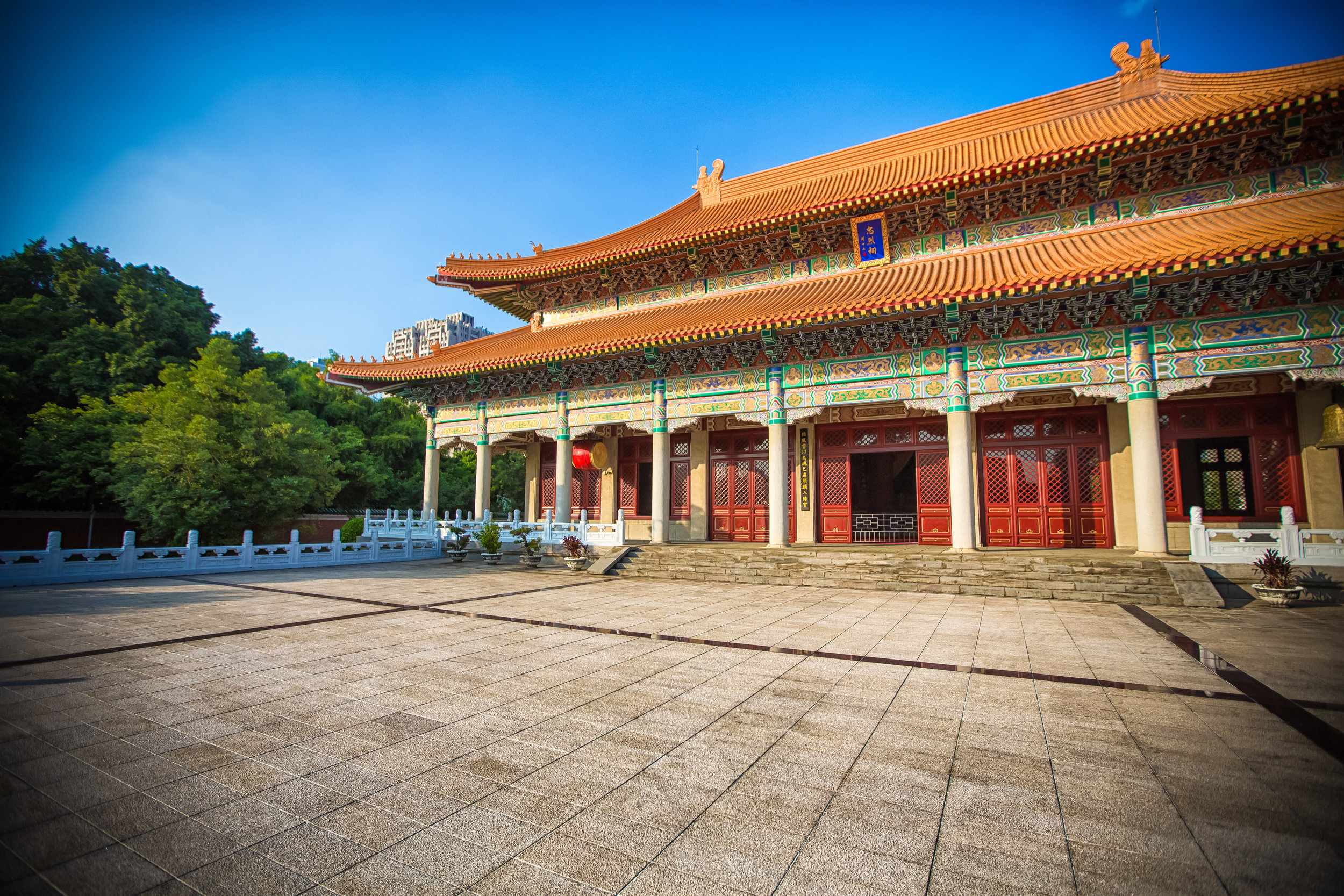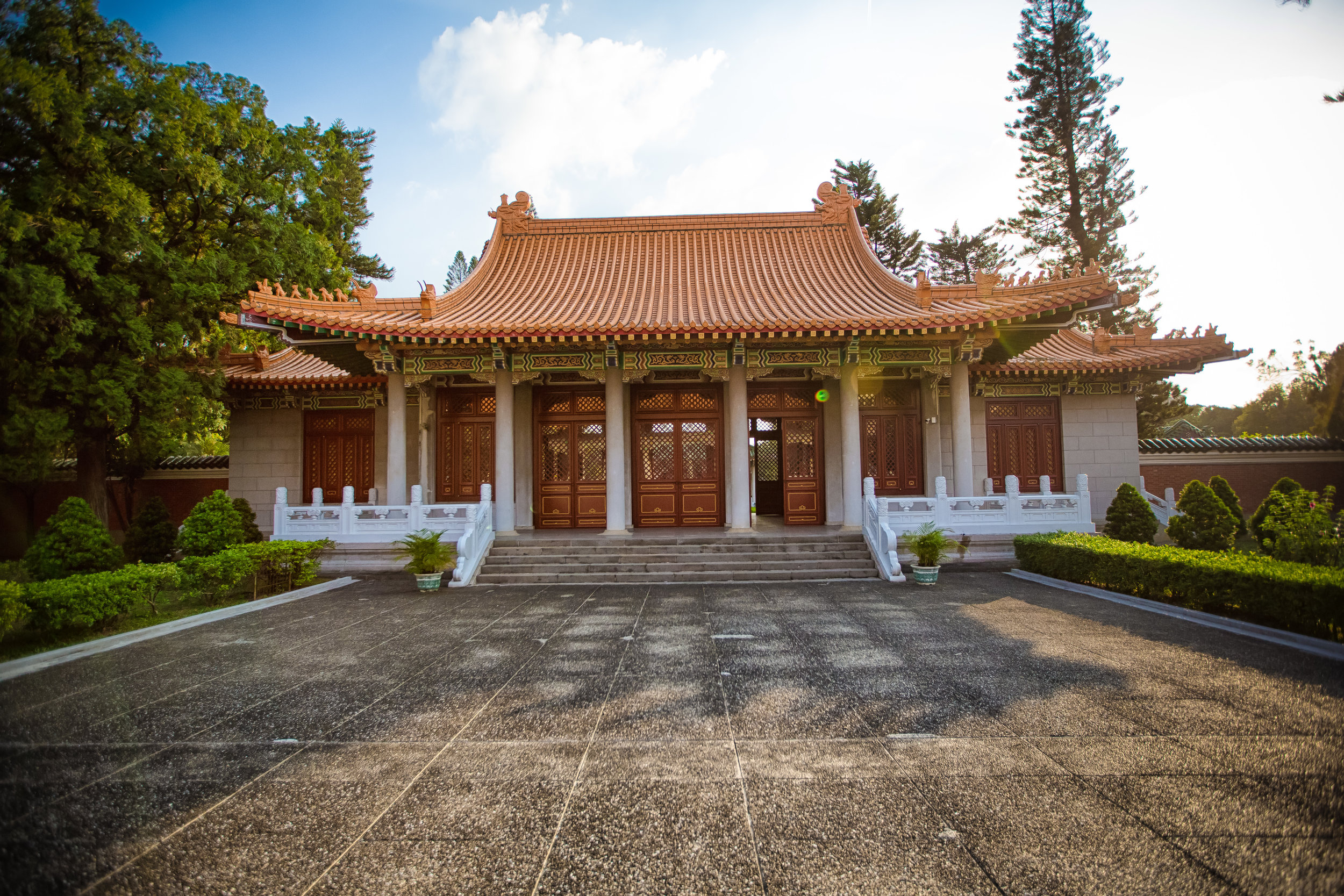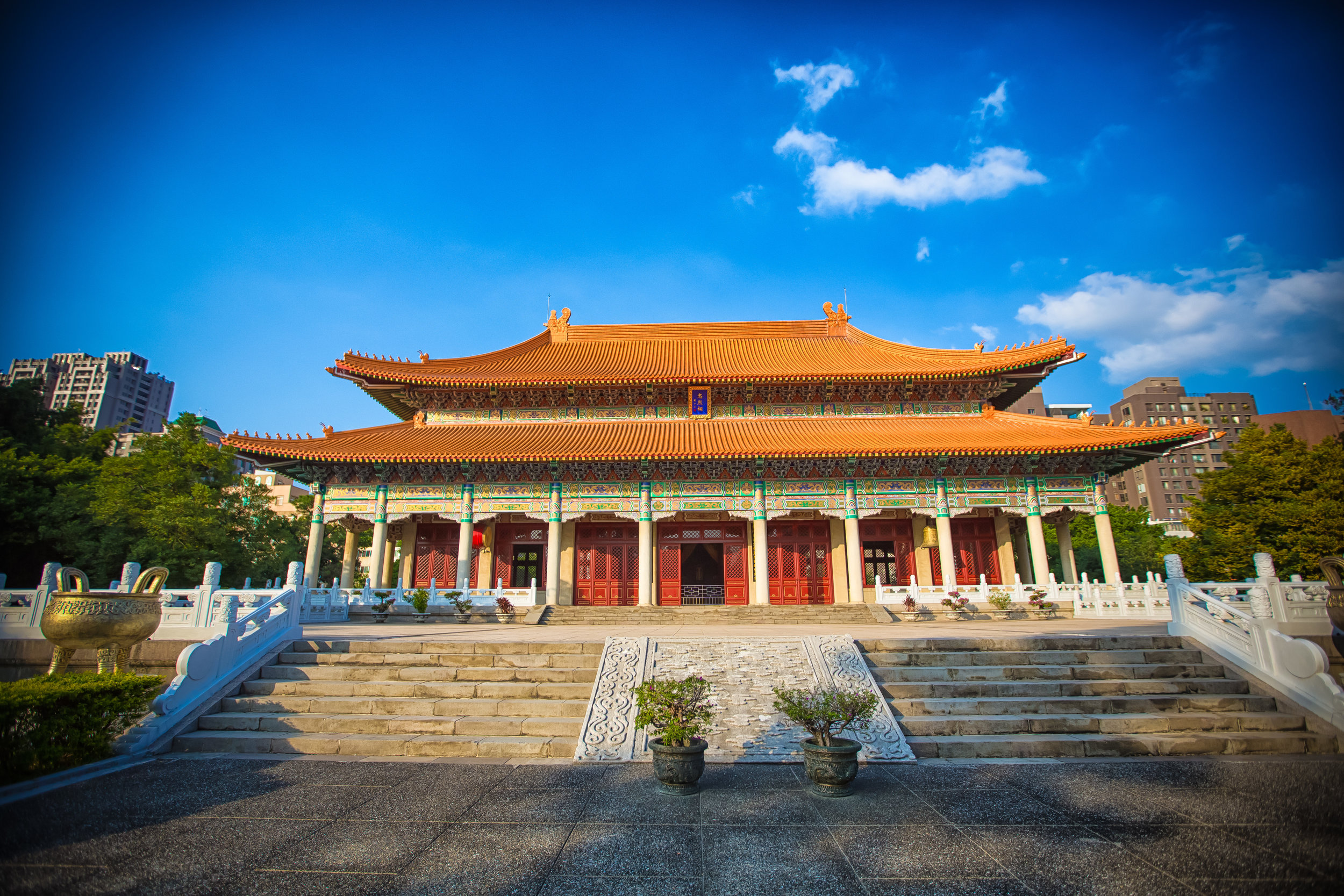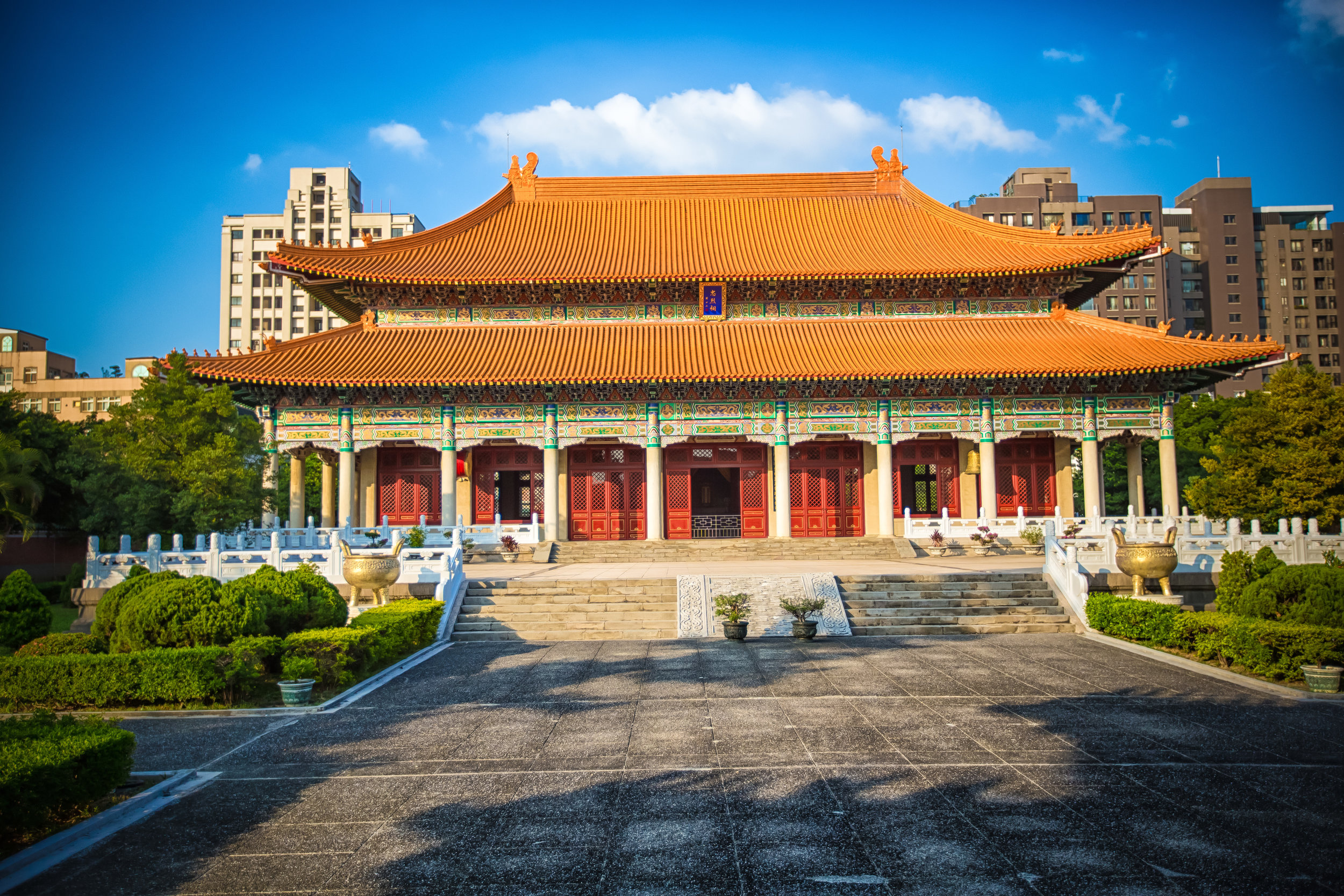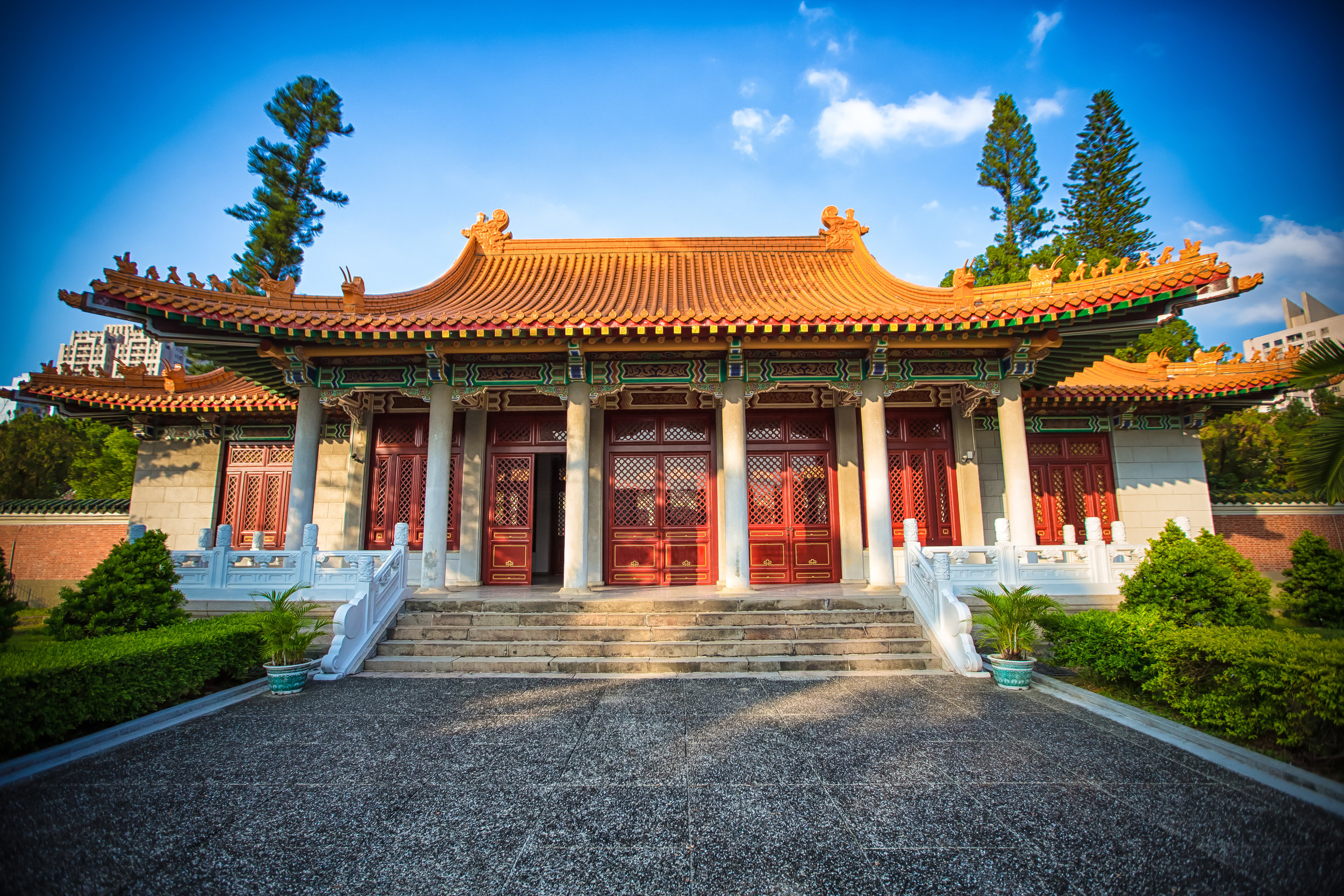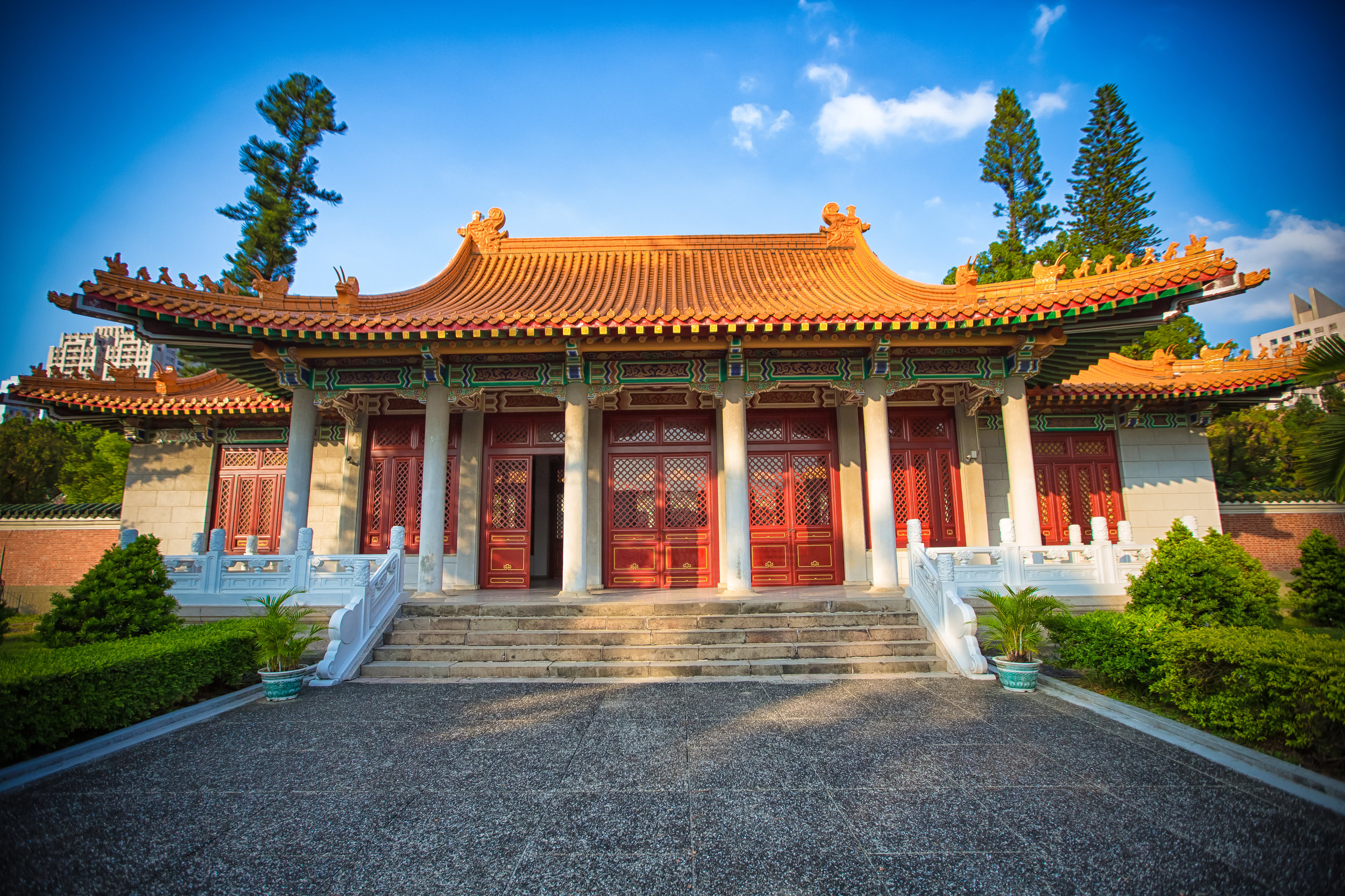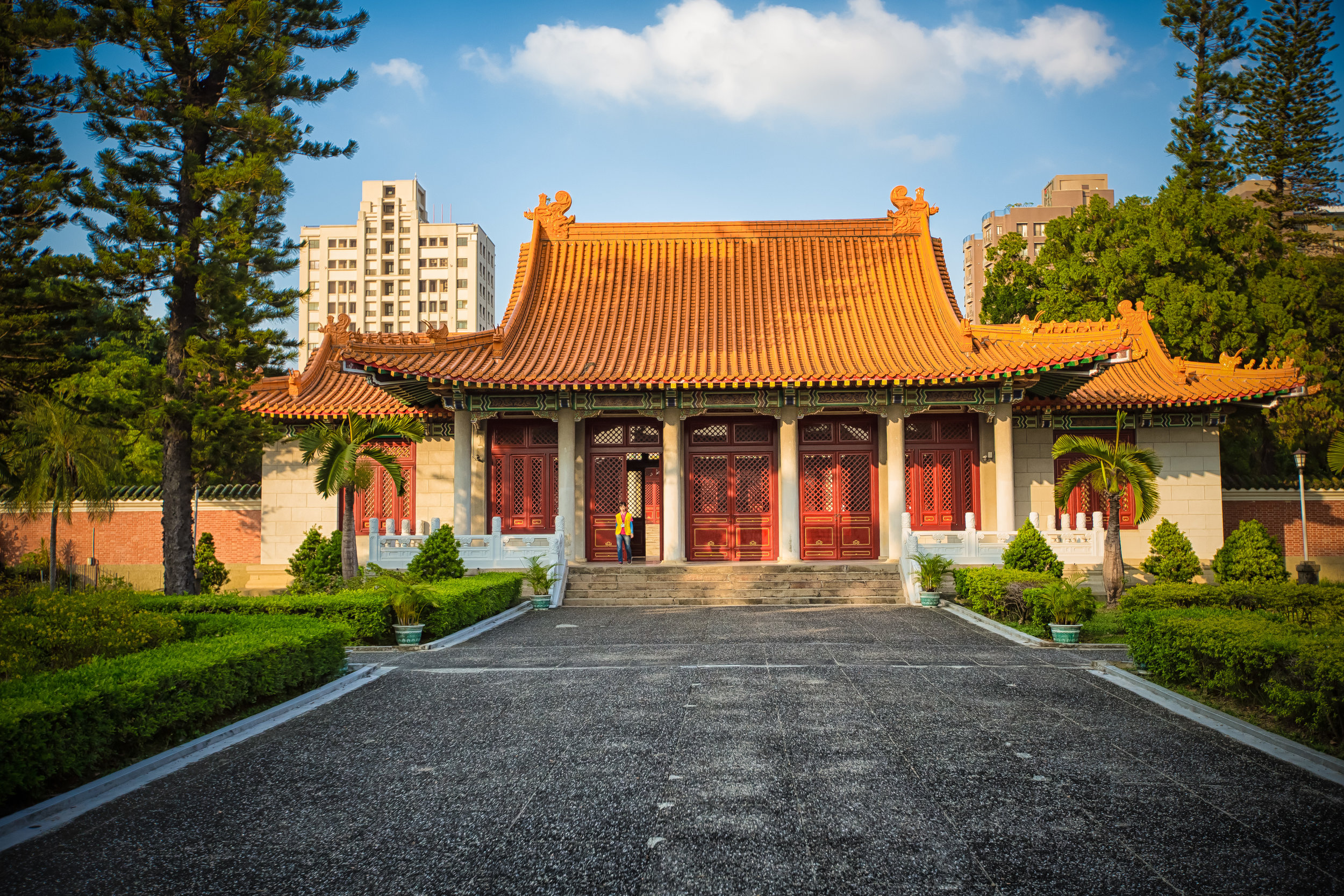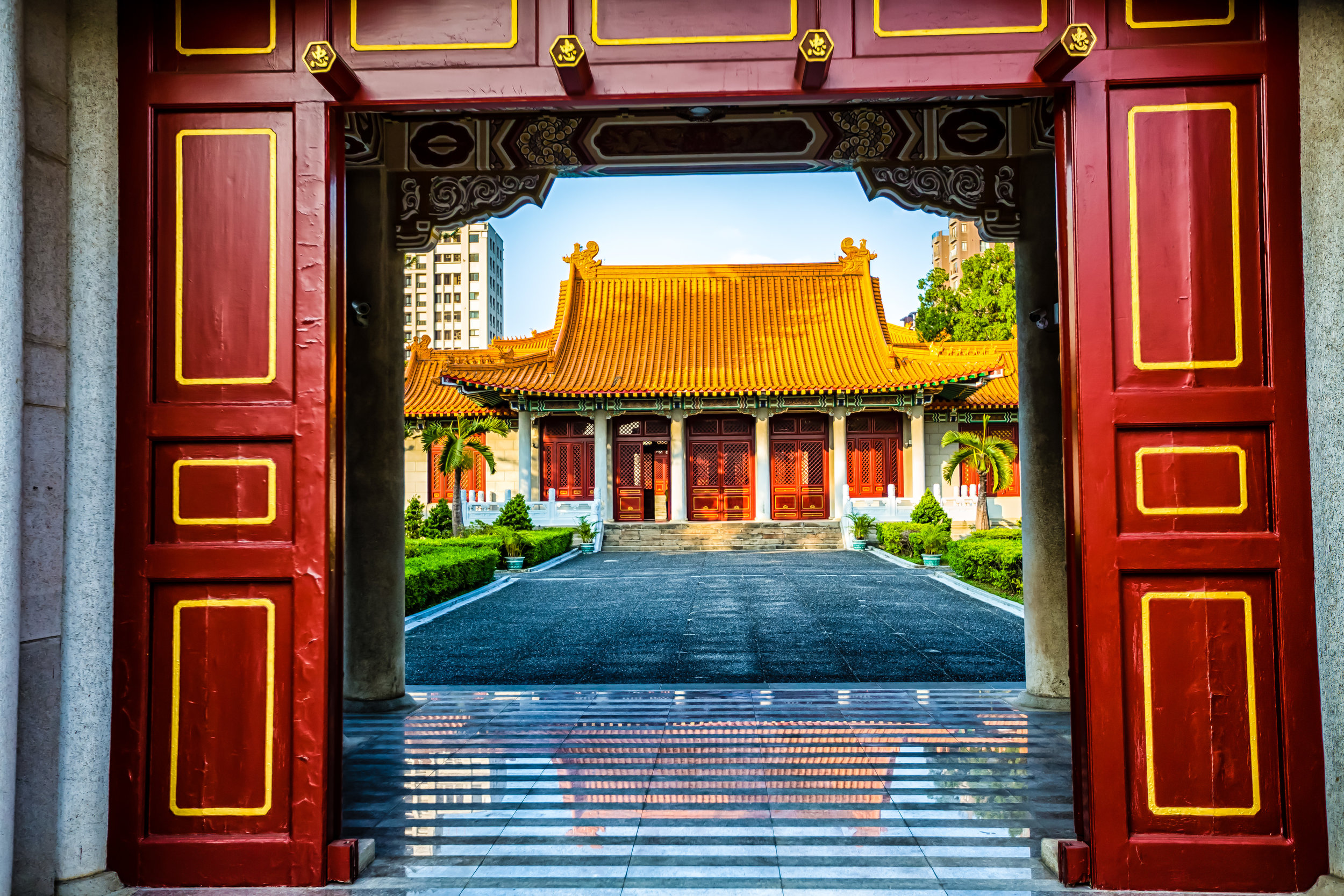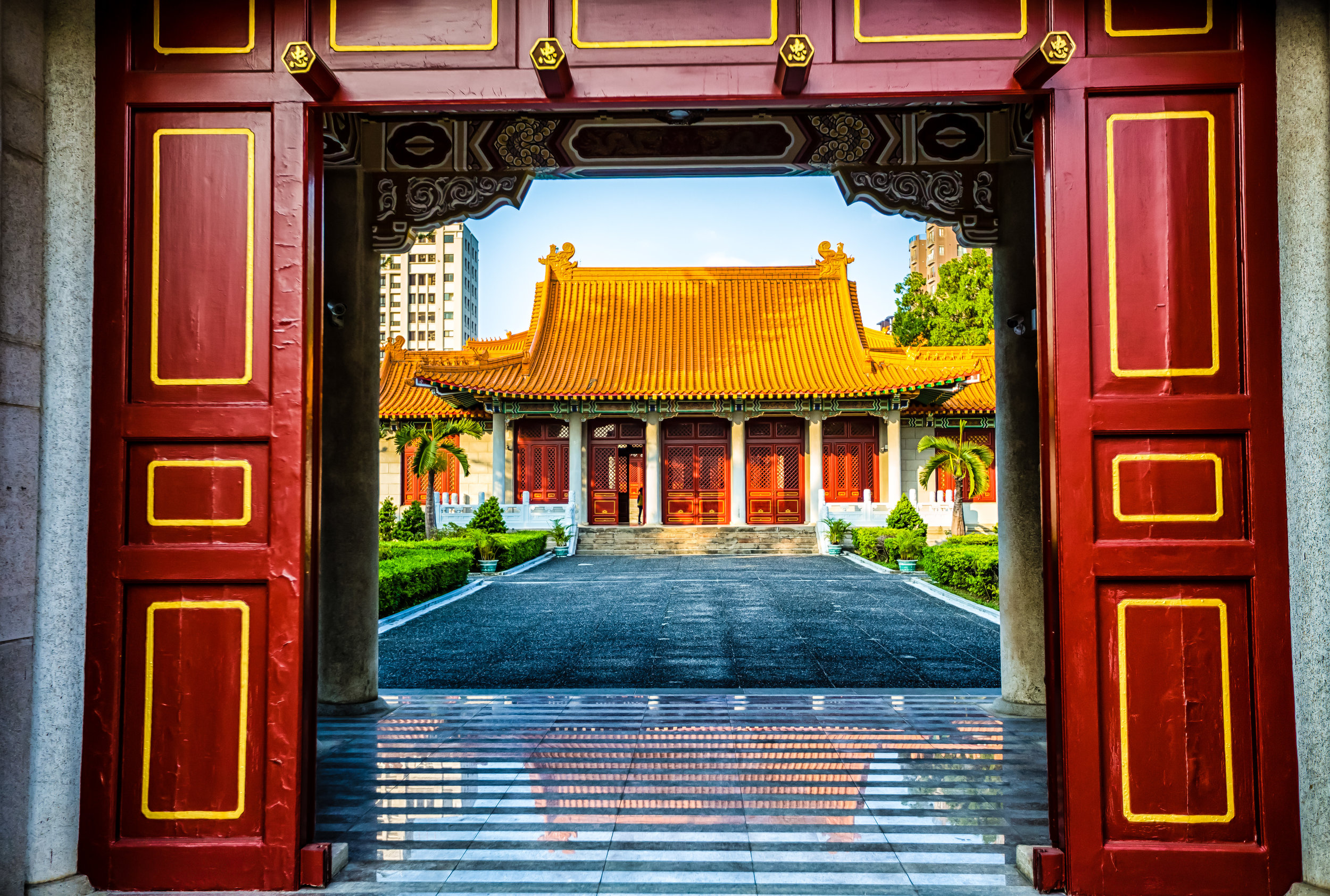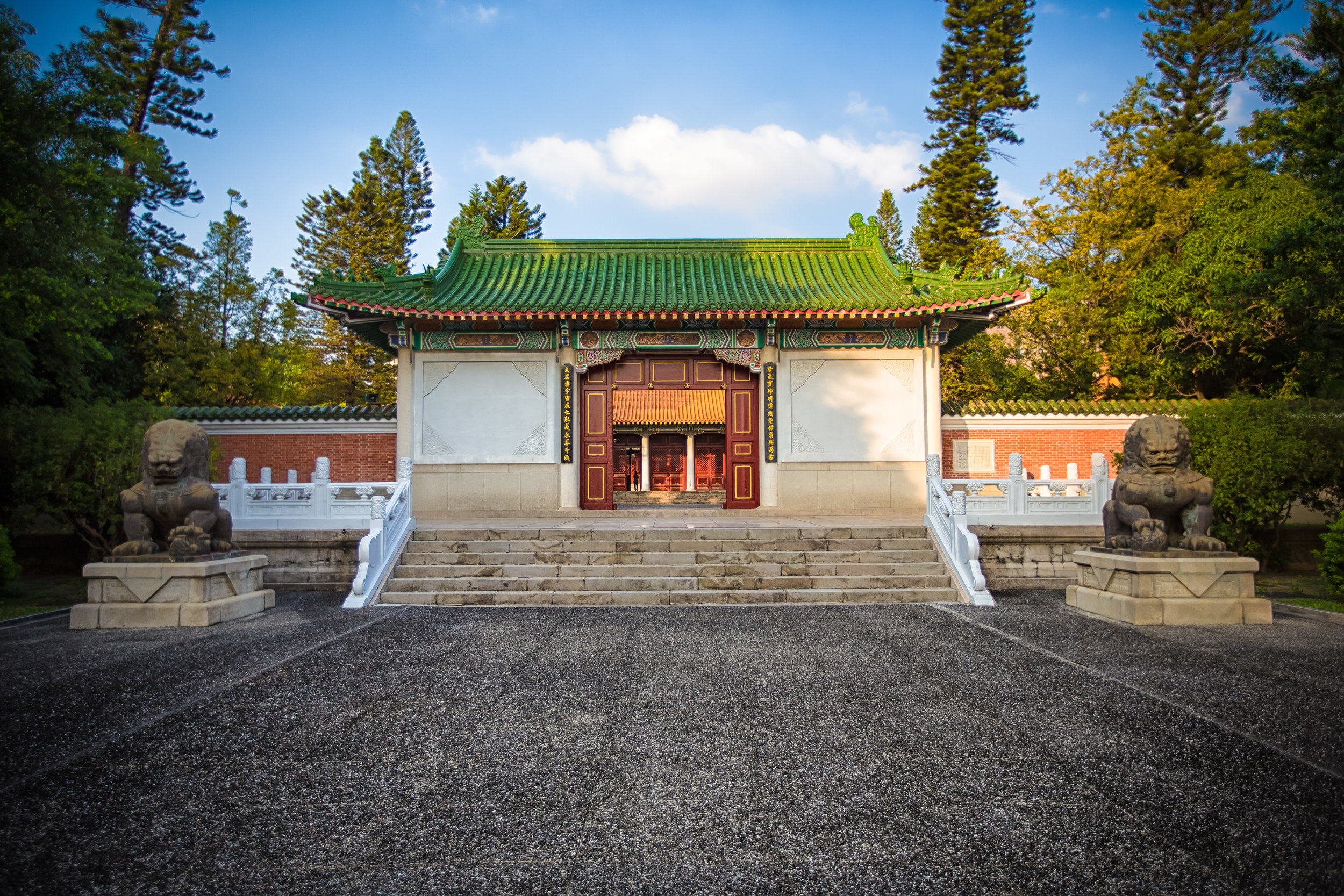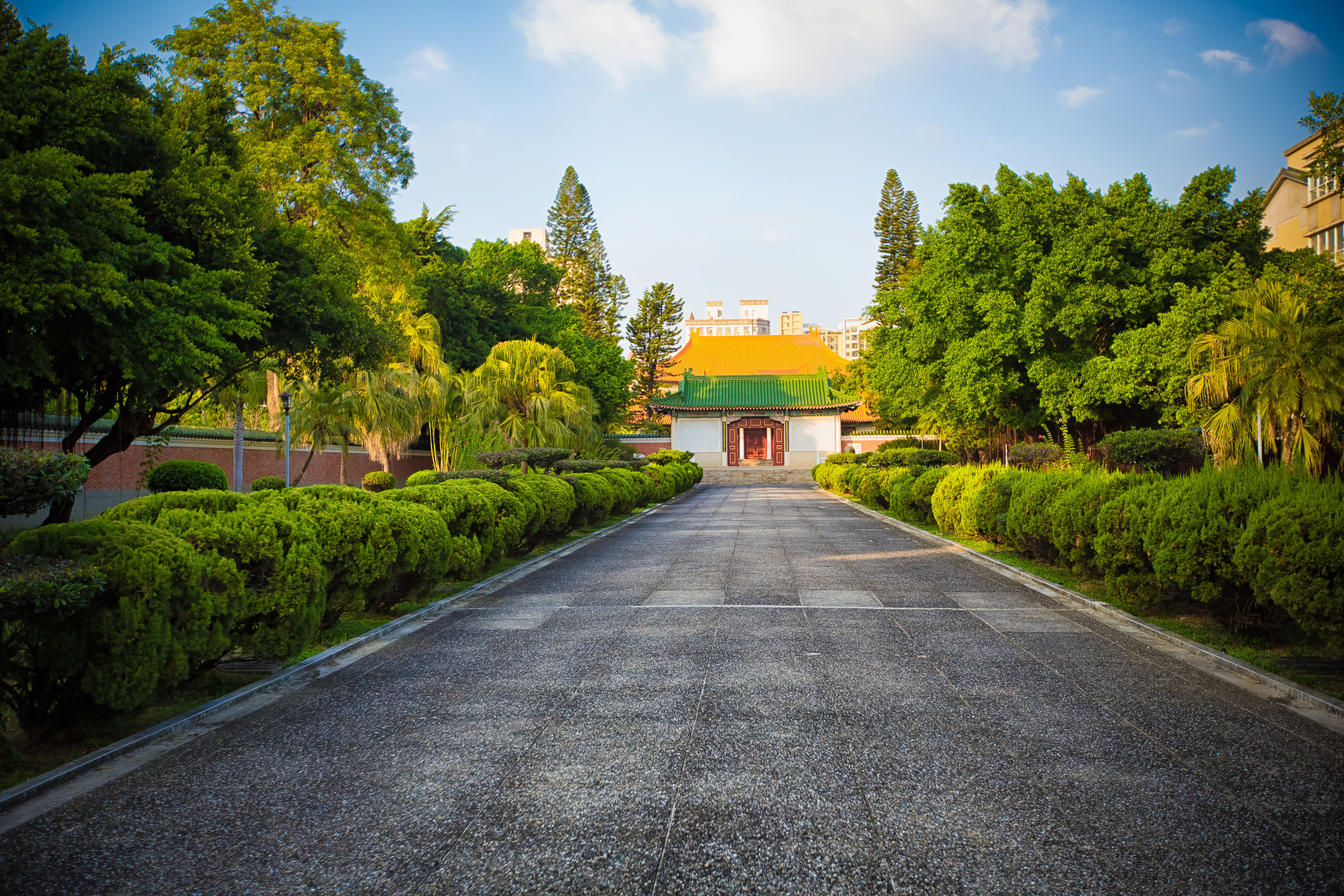A few months ago I took a solo day-trip to Taichung on a beautiful sunny day to check out the Taichung Prison Martial Arts Hall as well as to check out the grounds of the former Taichung Shinto Shrine, which was converted into the Taichung Martyrs Shrine after the end of the Japanese Colonial Era.
Next to the Martyrs Shrine is the Taichung Confucius Temple, one of the Confucius Temples in Taiwan that I hadn’t had a chance to visit or write about yet, so I decided to stop in to take some photos.
The interesting thing about Confucius Temples is that even though they vary in age and size, they are pretty much all designed in the exact same way, which means that when I take photos in one of these temples, I end up taking the same photos from the same angles because I know they are what works best.
Confucius Temples in Taiwan are a stark contrast to the beautifully designed Taoist and Folk Religion temples that you’ll come across as they place more importance on simplicity rather than overloading your senses with design. This in itself is a good reason to visit them, but in some cases there is a bit of a precarious nature to these shines which shouldn’t be overlooked when it comes to the politics and culture in Taiwan, which is something I’ll touch on a bit later.
Although this temple isn’t as widely visited as the temples in Taipei and Tainan, it is still worth a visit if you are in the area and I think that the lack of tourists might actually be a great thing if you are into taking photos like myself.
History
Taiwan is home to well over twenty Confucius Temples - The temples, which are dedicated to Confucius, one of history’s most revered educators and philosophers can be found throughout various country’s in East and South East Asia and are a testament to the historic and cultural importance that Confucius and his philosophies have had on Asia.
Here in Taiwan it is common to find a Confucius Temple within each country or major city with some of them being quite large while others can be quite small. Don’t be fooled though, not all of the temple’s are as historic as Tainan’s beautiful Confucius Temple which dates back to 1665. The majority of the temples that you’ll find today in Taiwan were constructed within the past fifty or so years.
The reasons for this are quite simple - Faced with a large population of people who identified more with Japanese culture, the Chinese Nationalists constructed Confucius Temple’s around the nation in an attempt to force Chinese culture on the people of Taiwan while at the same time the Chinese Nationalists considered themselves the protectors of traditional Chinese culture and felt that it was important for them to preserve the practice of Confucius worship. The temple’s therefore can be thought of as propaganda tools and is probably why most of the newer ones, like the one I’m writing about today aren’t as widely visited as the shrines in Taipei or Tainan.
The history of the Taichung Confucius Temple dates back to 1899 when a small temple was constructed in the downtown governing area of the city. The small temple which was next to the historic Taichung City Hall (台中州廳). When the Japanese Colonial Era started though, Taichung became an important place for development and the Japanese tore down quite a few buildings in that area to widen the roads and construct modern buildings for governmental use.
The current Taichung Confucius Temple is a beautiful one, but as mentioned above, it is one of those that was constructed well after Japanese Colonial Era on reclaimed land and no where near where the original was once located. Building a Confucius Temple in Taichung was important for the government at the time due to the fact that Taichung was the seat of the so-called “Provincial Capital” (台灣省政府) of Taiwan and because it was useful for the propaganda campaign mentioned above.
Construction on the current temple started in 1972 and was completed in 1976, a year after President Chiang Kai-Shek passed away. The temple, which is situated on 23,000 square meters of land directly next to the Taichung Martyr’s Shrine which was constructed on lands that were once home to the beautiful Taichung Shinto Shrine (台中神社) which paid honour to the fallen members of the Japanese imperial forces.
After almost forty years, the Taichung Confucius Temple has a quiet park-like atmosphere where you won’t see a lot of tourists or many events taking place. It has become a place for local residents to come and enjoy a bit of nature and to do a bit of exercise. Like most Confucius Temple’s however, the place comes alive each year on September 28th, otherwise known as “Teachers Day” (教師節) when the temple holds traditional ceremonies to honour Confucius and is quite a sight if you are a tourist.
Design
Confucius temples tend to be uniform in their simplicity - Unlike the overwhelming beauty of Taiwanese folk temples and Taoist temples - Confucius temples stand alone in their almost "zen-like" nature in that they don't have shiny gold or bronze decorations and murals all over the walls with hundreds of sticks of incense creating a haze throughout the temple.
The simplicity exhibited in Confucius temples throughout Taiwan and the rest of Asia is meant to be a show of respect to Confucius as well as the importance of his philosophical views of education and his influence on Chinese culture and history.
One of the common features of all Confucius temples is that there is no imagery or statues of Confucius. This is a rule that goes back almost 500 years to the Ming Dynasty (明朝) when the emperor decreed that all Confucius temples should be uniform and only have "spirit tablets" (神位) rather than images of the sage.
The layout of the temple follows the design of the original Qufu Confucius Temple in China’s Shandong Province (山東省) where Confucius lived and follows the temple-style architecture of the Song Dynasty (宋朝) - although some of the designs and murals on the walls are a bit different with this one having murals of flowers and grass painted in beautiful colors on the walls and roof trusses.
Dacheng Hall (大成殿)
Dacheng Hall is the main shrine area of any Confucius temple. The hall sits in the middle of a large granite courtyard with a large elevated platform in front of it as well as on the sides. Inside the hall is a very simple set up with the Confucius spirit tablet propped up on a nice red table-like shrine.
The simplicity of the main shrine room in a Confucius temple is a stark contrast to what you'd see at a Taoist temple but there is beauty in simplicity and if you have the chance to walk inside the shrine room (it's not always open to the public) I recommend stepping in and checking it out.
As with all Confucius Temples, there are an additional two shrines in the room which sit upon the west and east side walls and are dedicated to the four sages (四配) Yan Hui (顏子), Zengzi (曾子), Zisi (子思) and Mencius (孟子) who were Confucius’ most well-recognized disciples and who authored books which improved upon the philosophy of their master.
Dacheng Gate (大成門)
The Dacheng Gate acts as the entrance to any Confucius Temple and although it is a gate, it forms a perimeter around the courtyard and the Dacheng Hall. In most cases the gate is likely to be the most ornate part of the entire temple with murals to the sides of the main entrance as well as intricate designs on the roof.
In the case of the Taichung Confucius Temple I think that the gate is probably one of the most aesthetically pleasing parts of the temple. The colours on the gate mix in beautifully with the surrounding nature and allow tourists to feel like when they walk through the doors that they’ll be transported to a different time and place.
Chongsheng Shrine (崇聖祠)
The Chongsheng Shrine is situated behind the main Dacheng Hall and is used as a shrine room to venerate several generations of the ancestors of Confucius as well as the various Confucian sages and philosophers. This shrine room is not unlike a shrine room that you'd find in any large Taiwanese home and is an important place for ancestral worship.
As the descendants of Confucius have spread out throughout China, Taiwan and Korea, it's important for them to have a place to worship. The shrine room isn't often open to visitors but you can look through the front door which usually has a waist-high gate in front of it to see the inside. The Chongsheng Shrine isn’t usually the most widely visited part of a Confucius Shrine but it has historical significance and is an integral part of the temple, so its always a good idea to check it out.
Getting there
If you are visiting Taichung and don’t have access to your own method of transportation, I’d say the best way to get to the Taichung Confucius Temple is either by YouBike or bus. The temple is a short ride away from the Taichung Train Station and is also close to the beautiful Taichung Park where you’ll find the Mid-Lake Pavilion. If you decide to take the YouBike route you can easily stop by both the park and the temple as well as the Taichung Martyrs Shrine.
If you decide to go by bus, you can get there by taking Bus #1, #21, #31, #41 or #67 from Taichung Train Station.
Address: No.30, Sec. 2, Shuangshi Rd., North Dist., Taichung.
台中市北區雙十路二段30號
If you are visiting Taichung, the Taichung Confucius Temple in conjunction with the Taichung Martyrs Shrine are probably nice destinations to stop off. They are conveniently located a short distance away from the Train Station between the beautiful Taichung Park and the popular Yizhong Street (一中街) making them an easy stop along the way between a few of Taichung’s top tourist attractions. You don’t really need a whole lot of time to see either and if you’ve seen a Confucius Temple in Taiwan before, you’ll likely notice that what you’re seeing here is a lot similar to what you’ve seen before. I guess that’s what makes Confucius Temples interesting - they are historically significant but stay relatively uniform in their design. If you have time, stop by and check it out.
For more information about Taiwan’s Confucius Temple’s please check out my Confucius Temple Guide.

